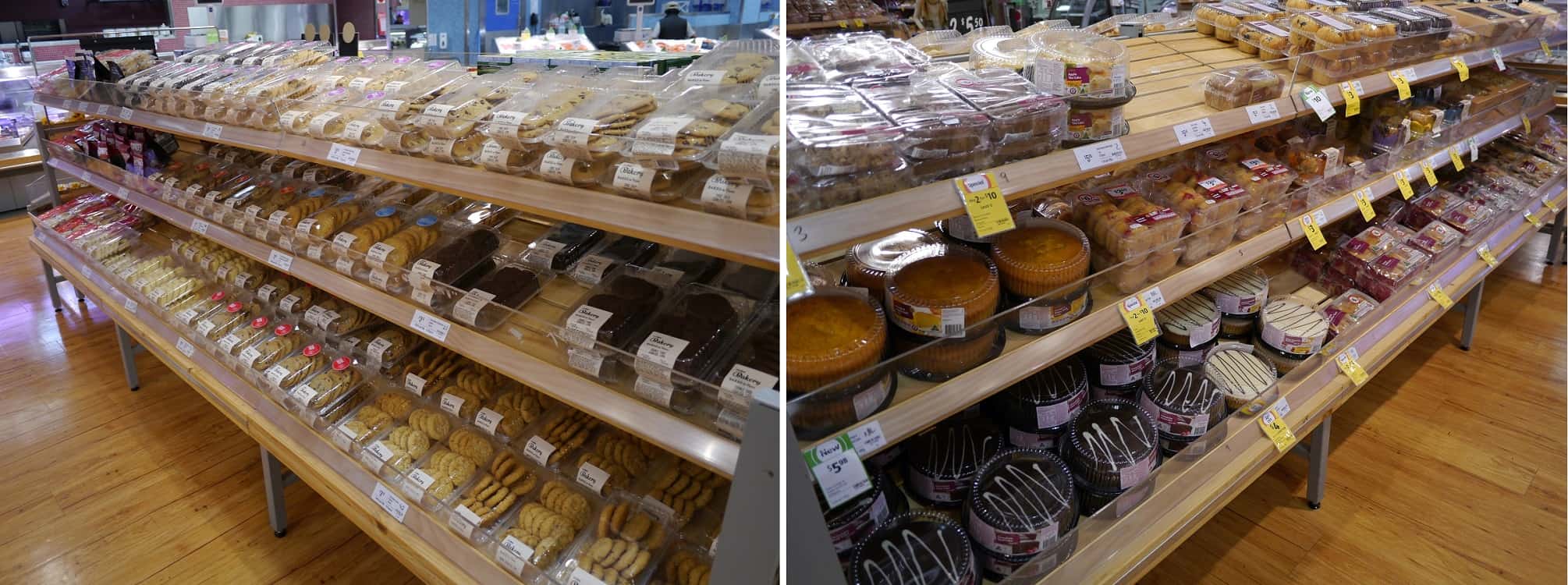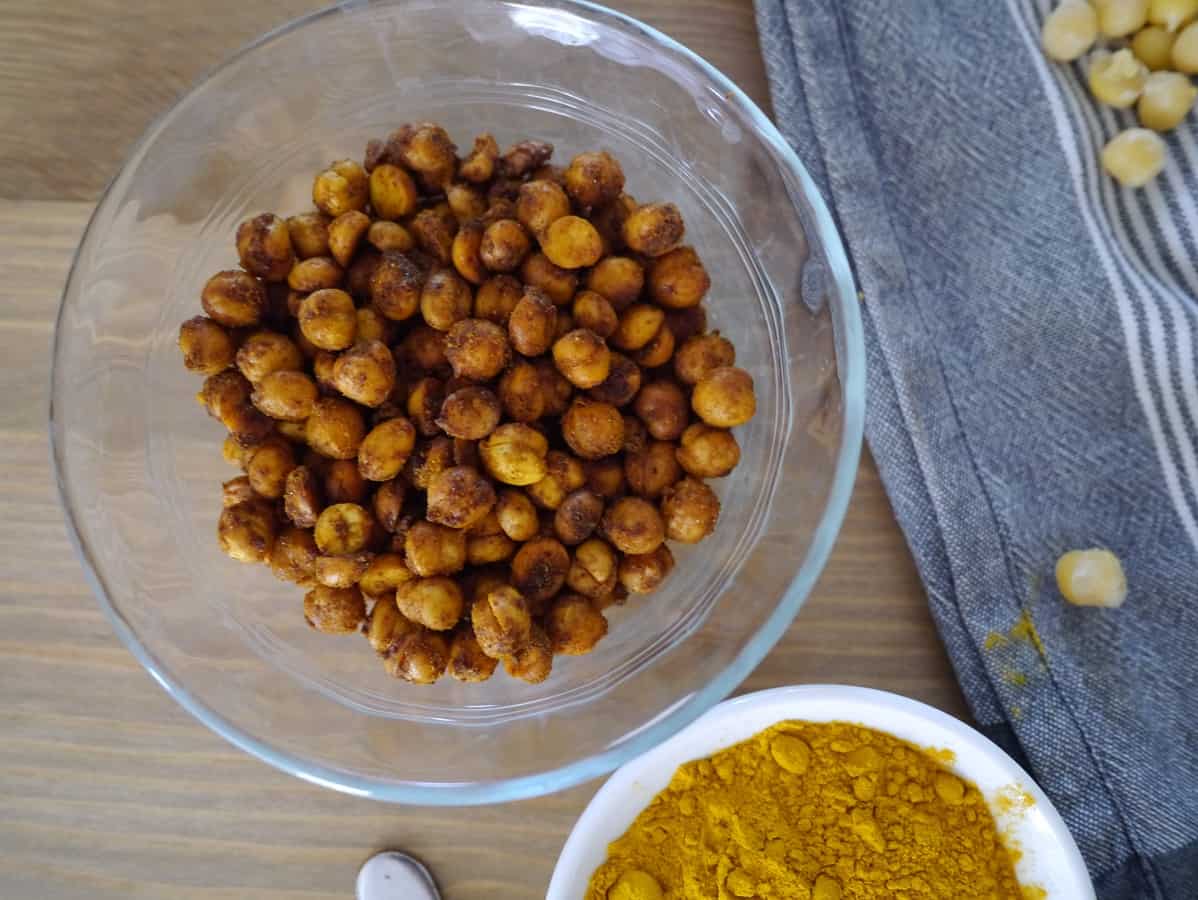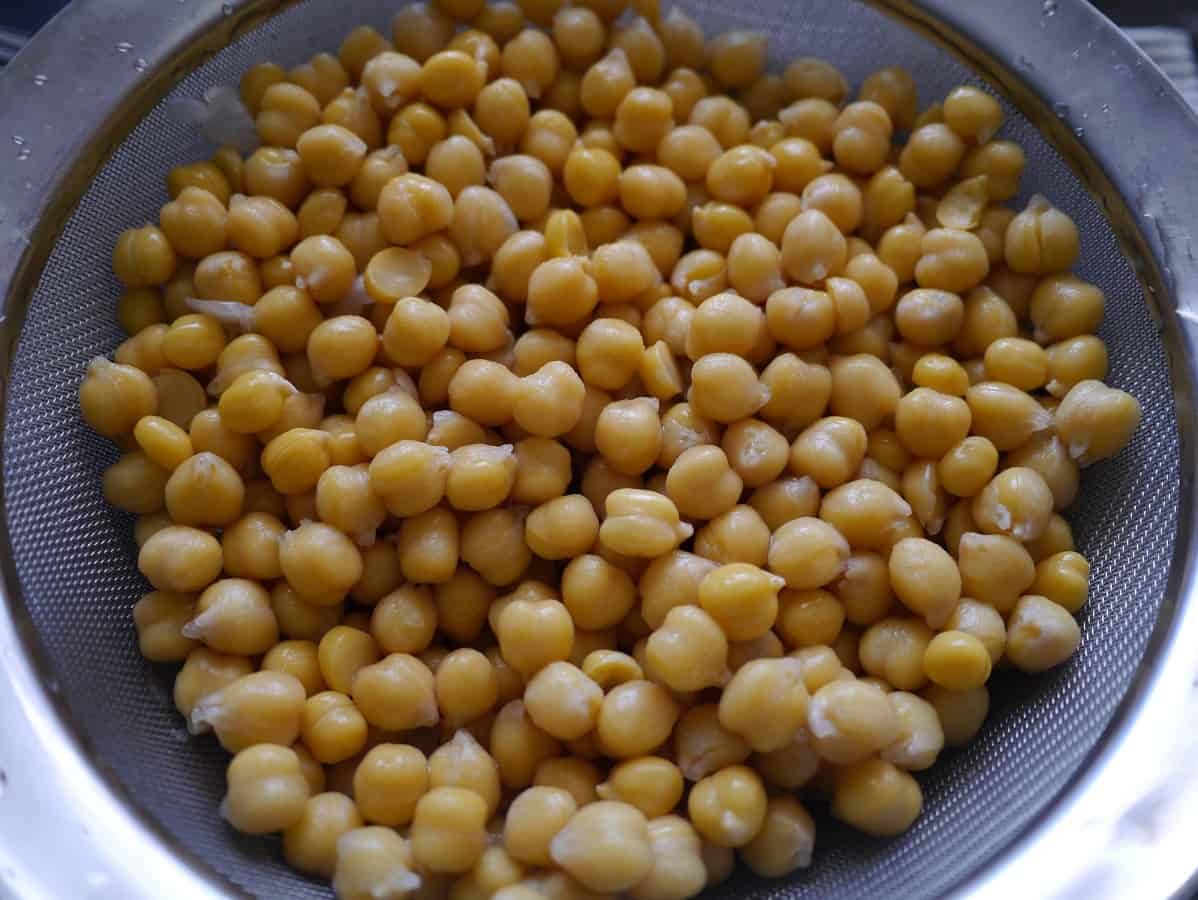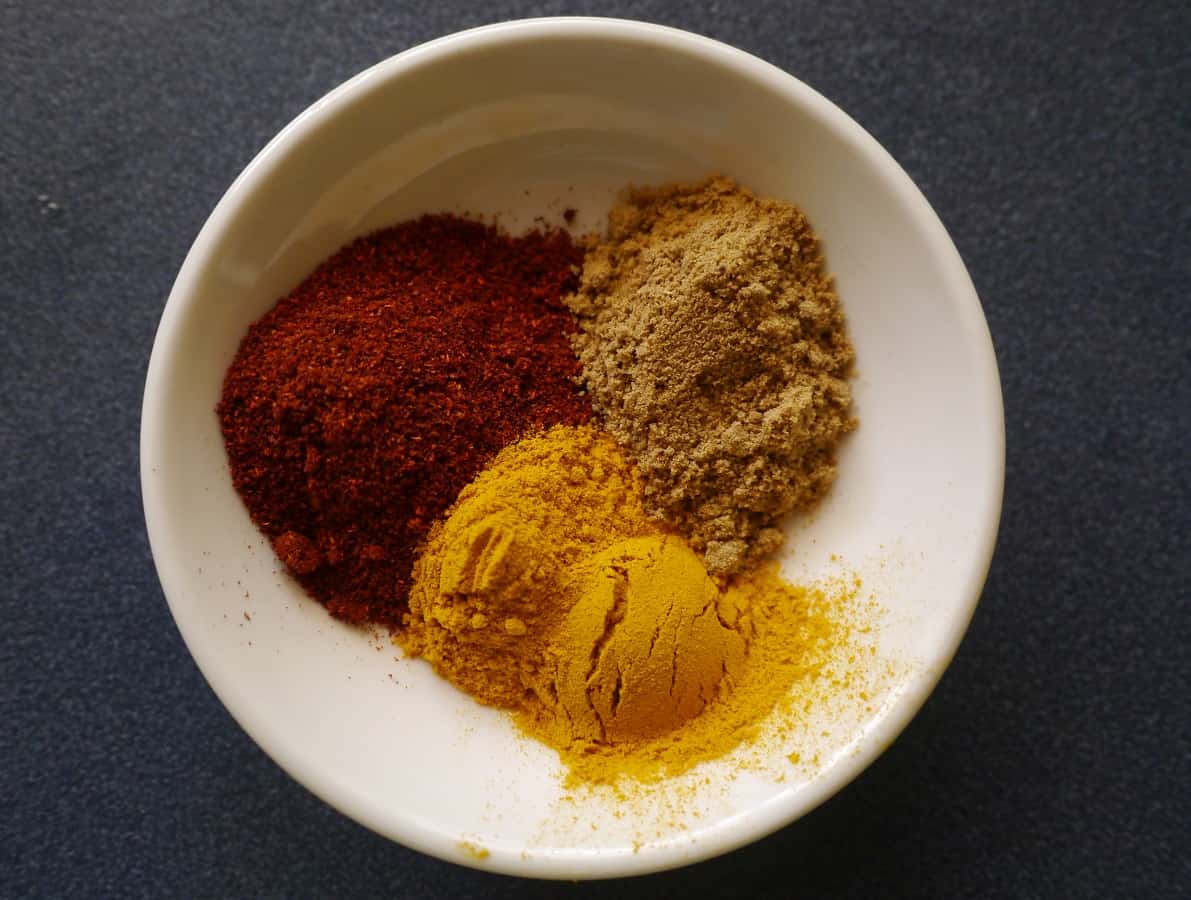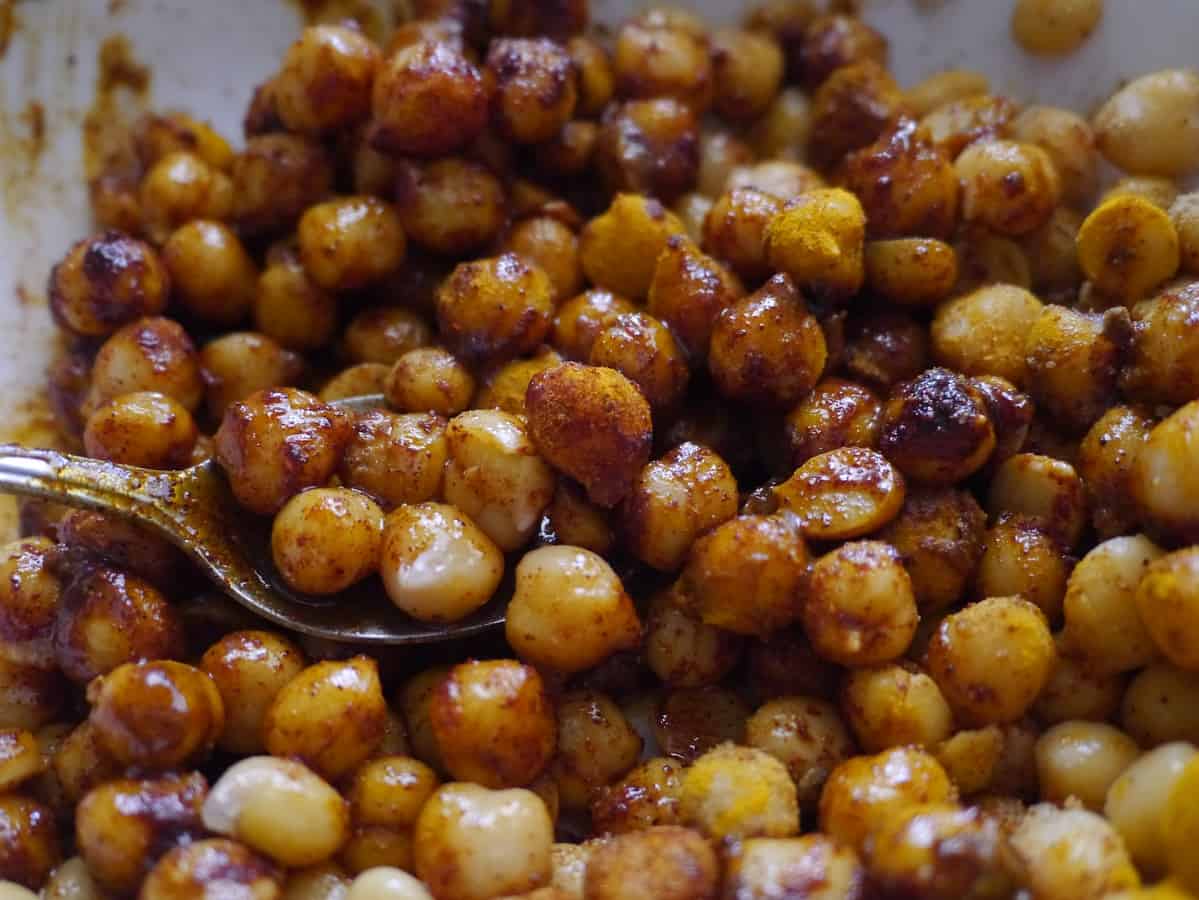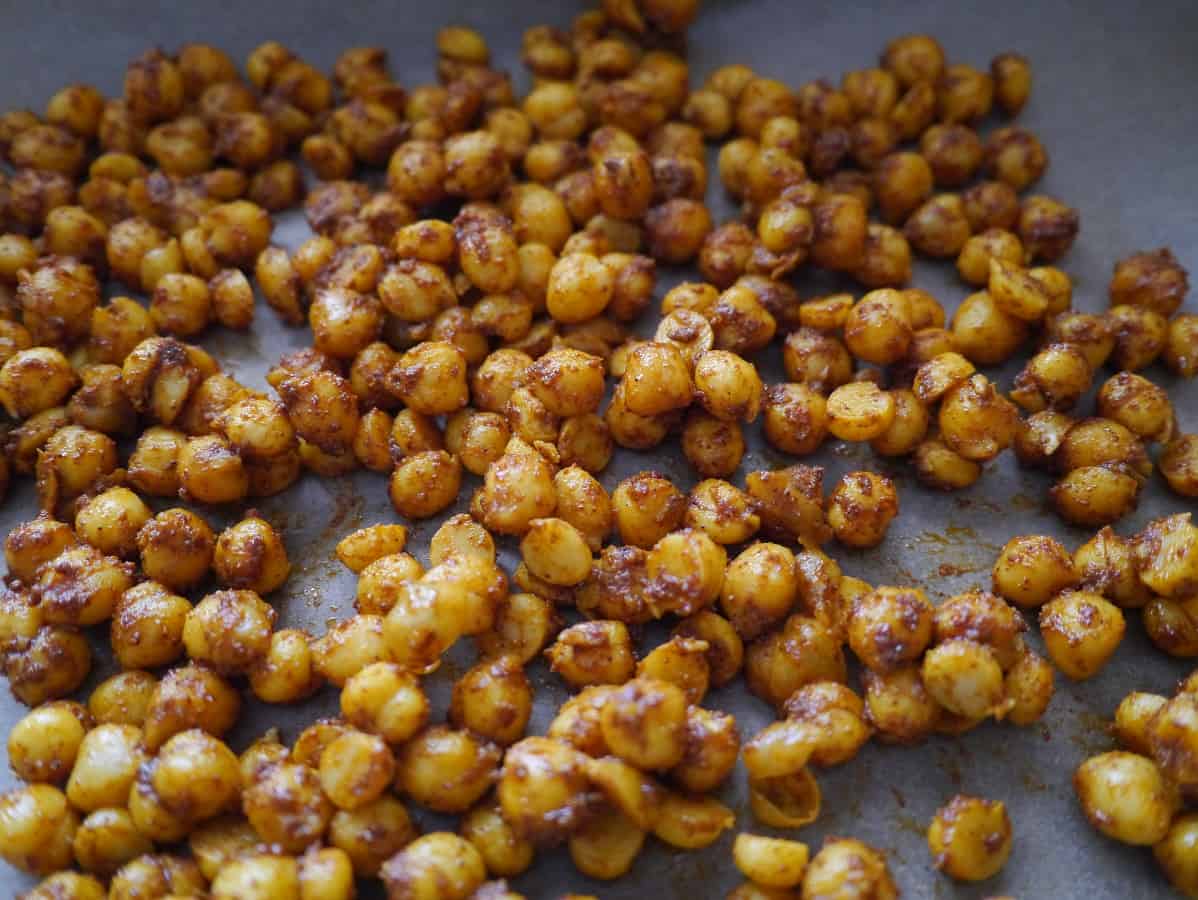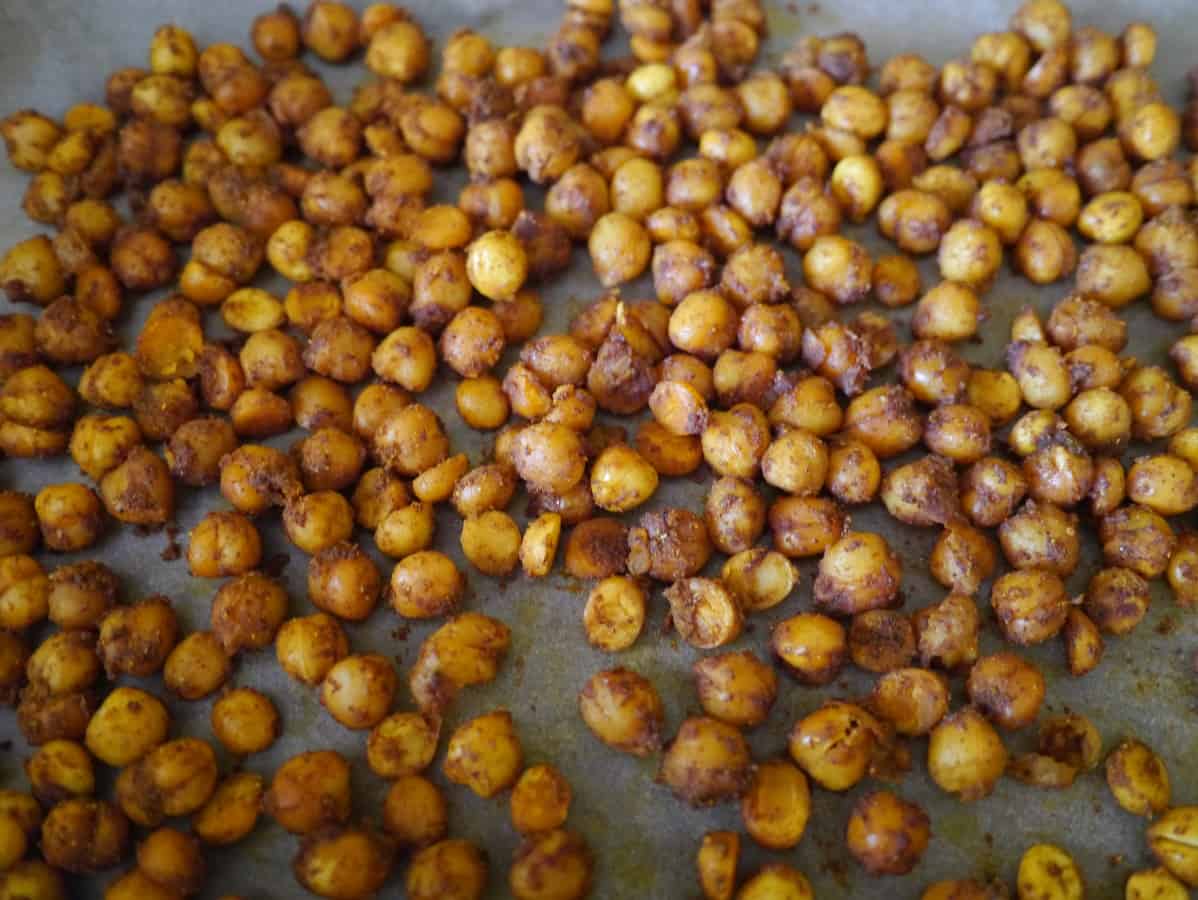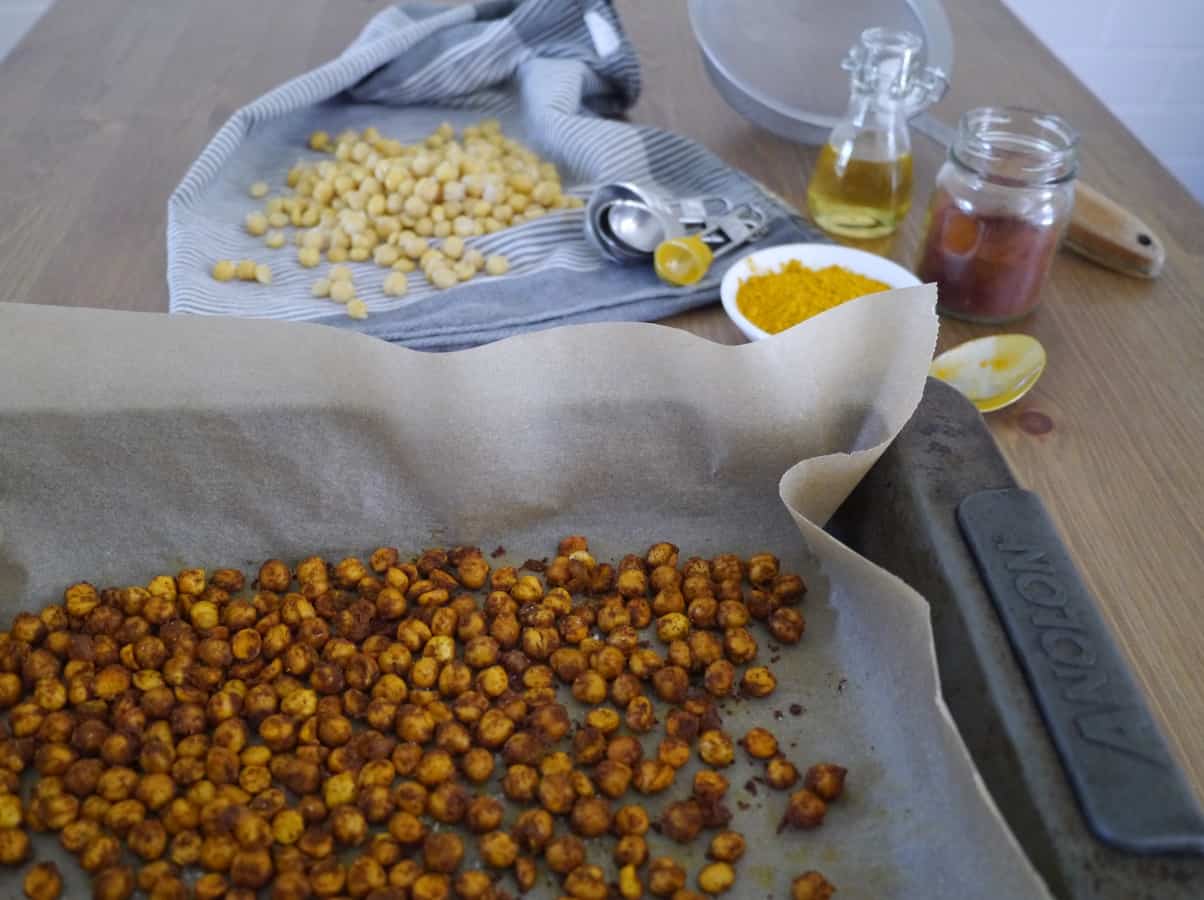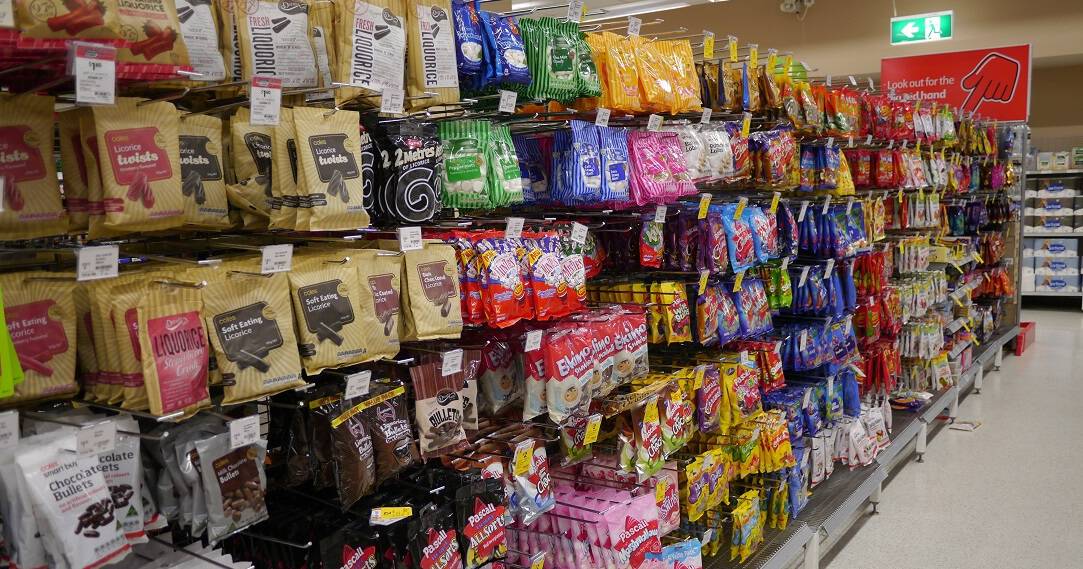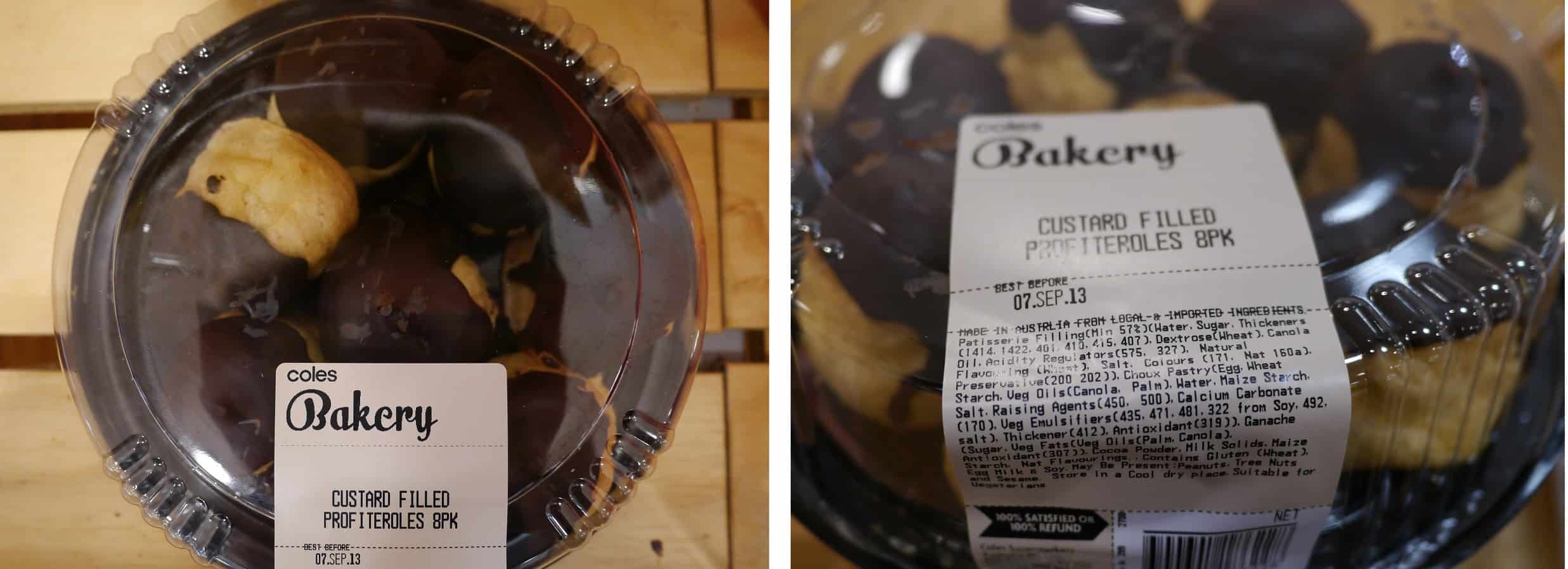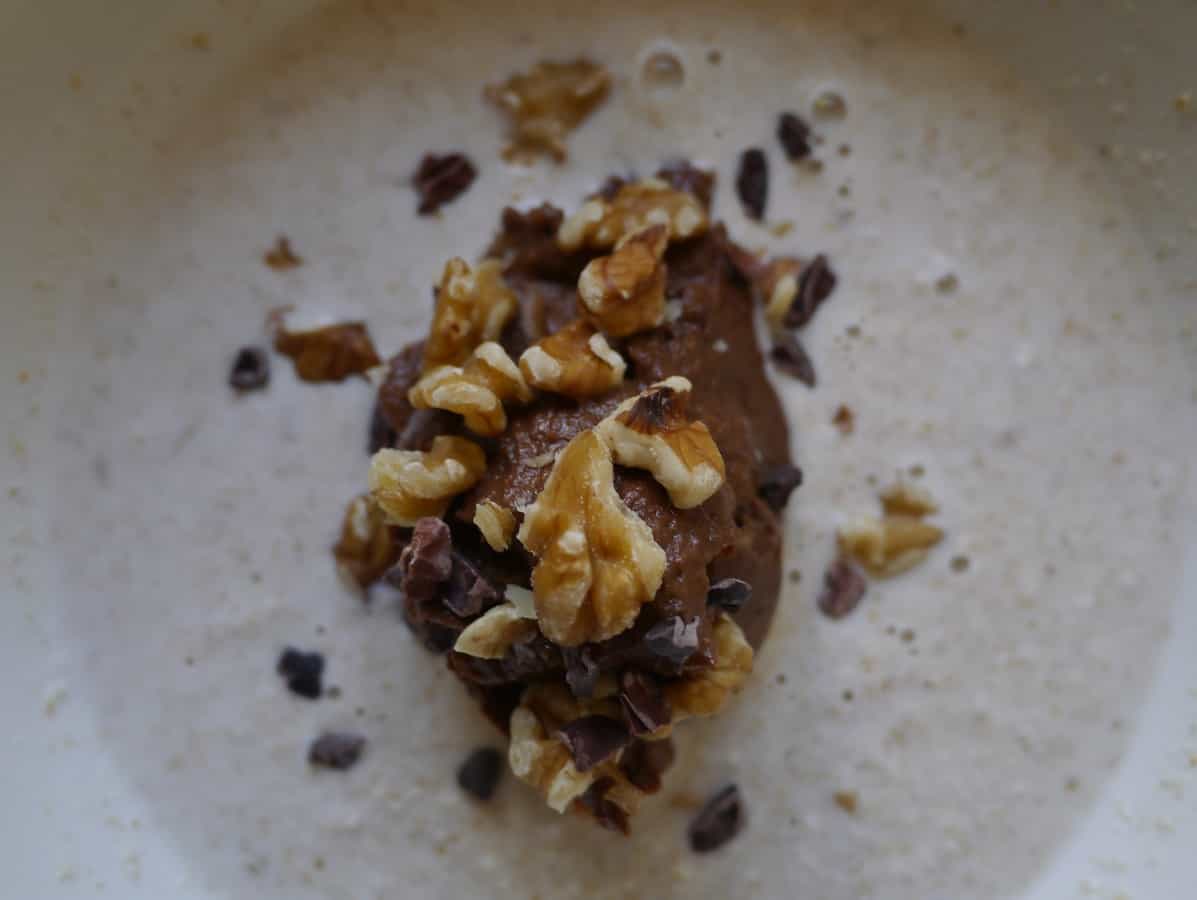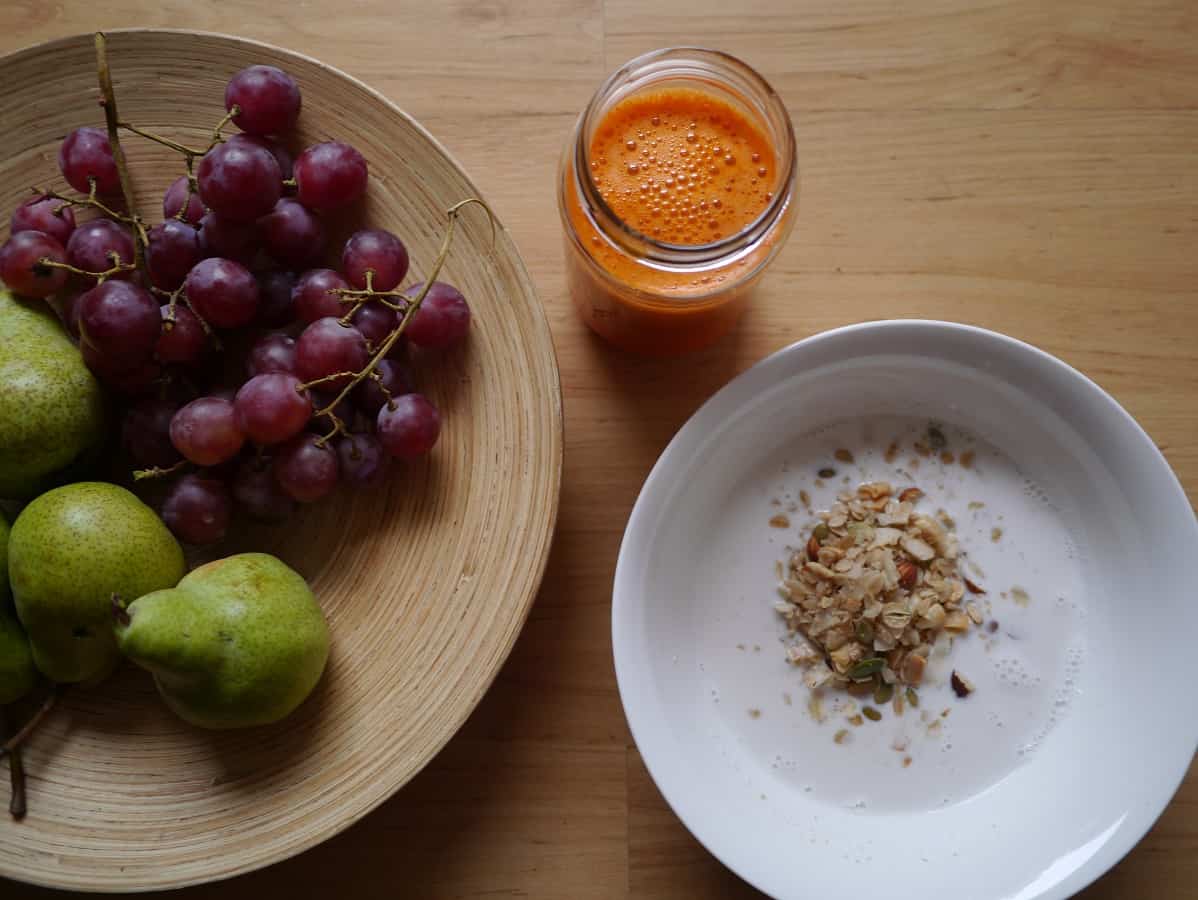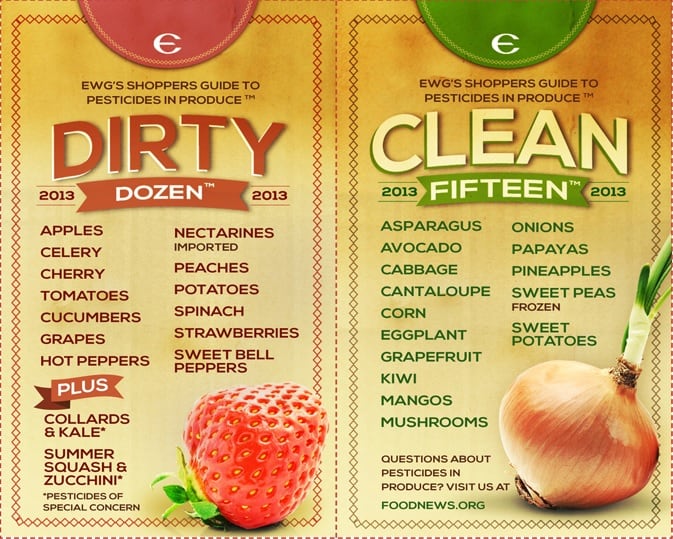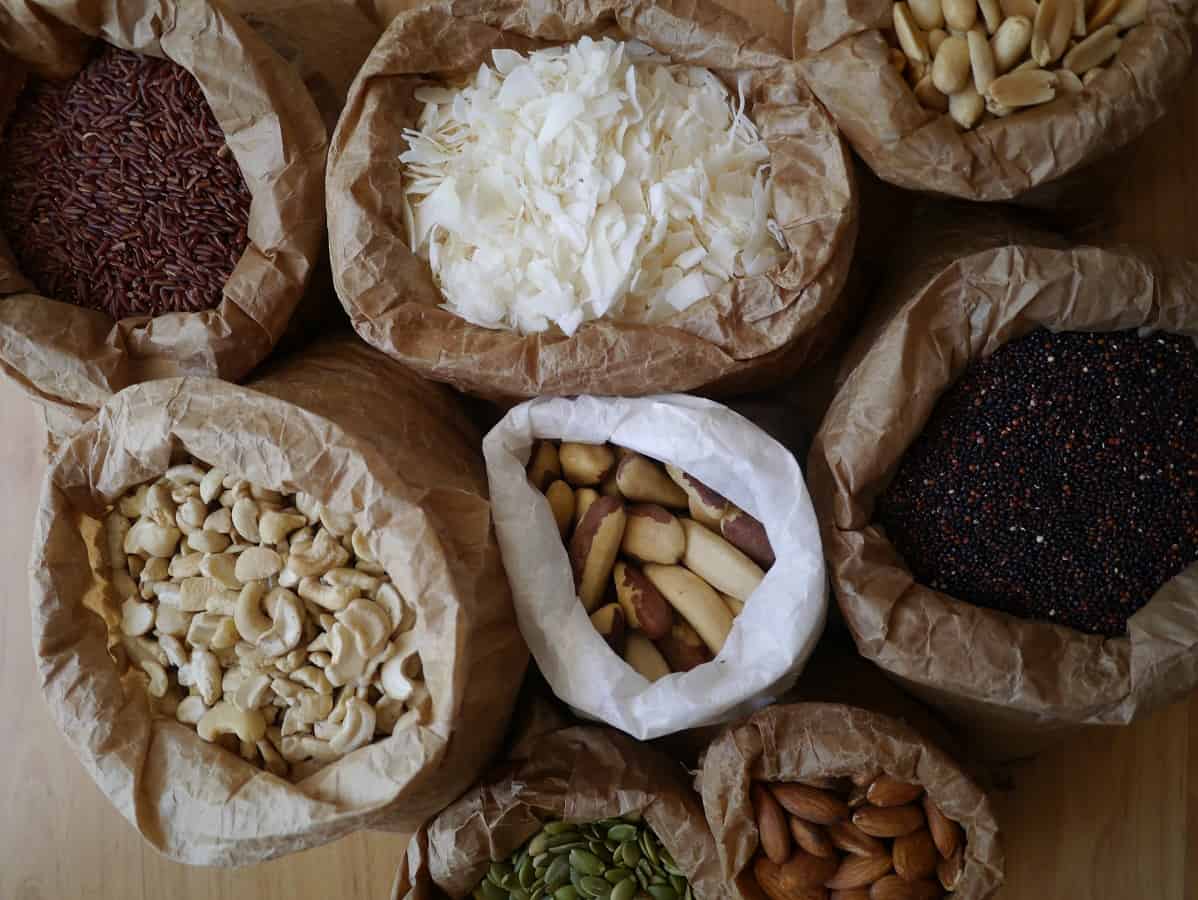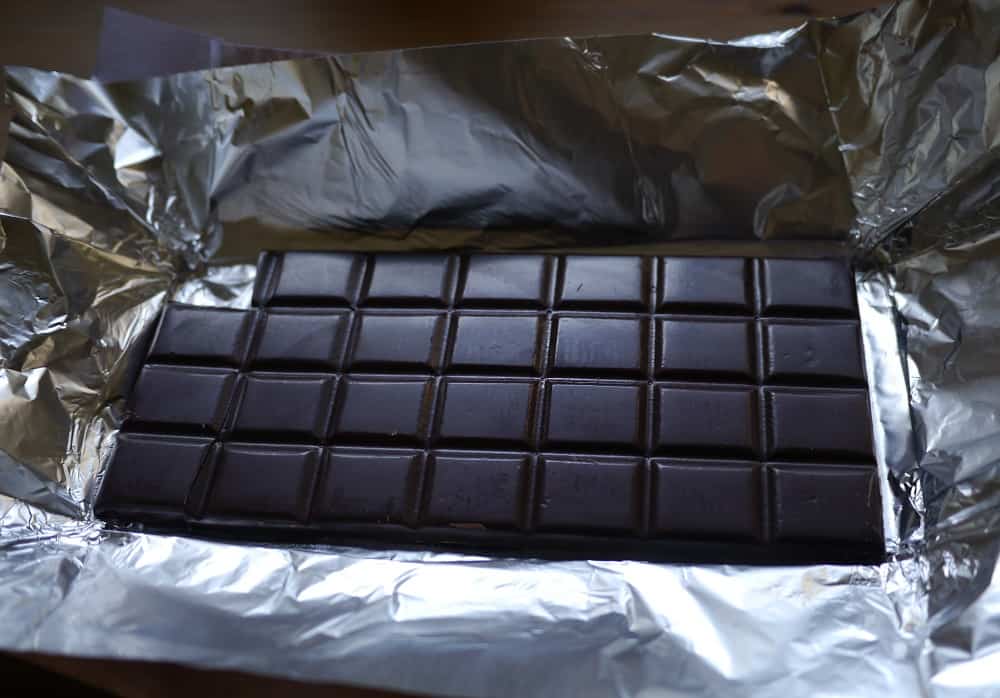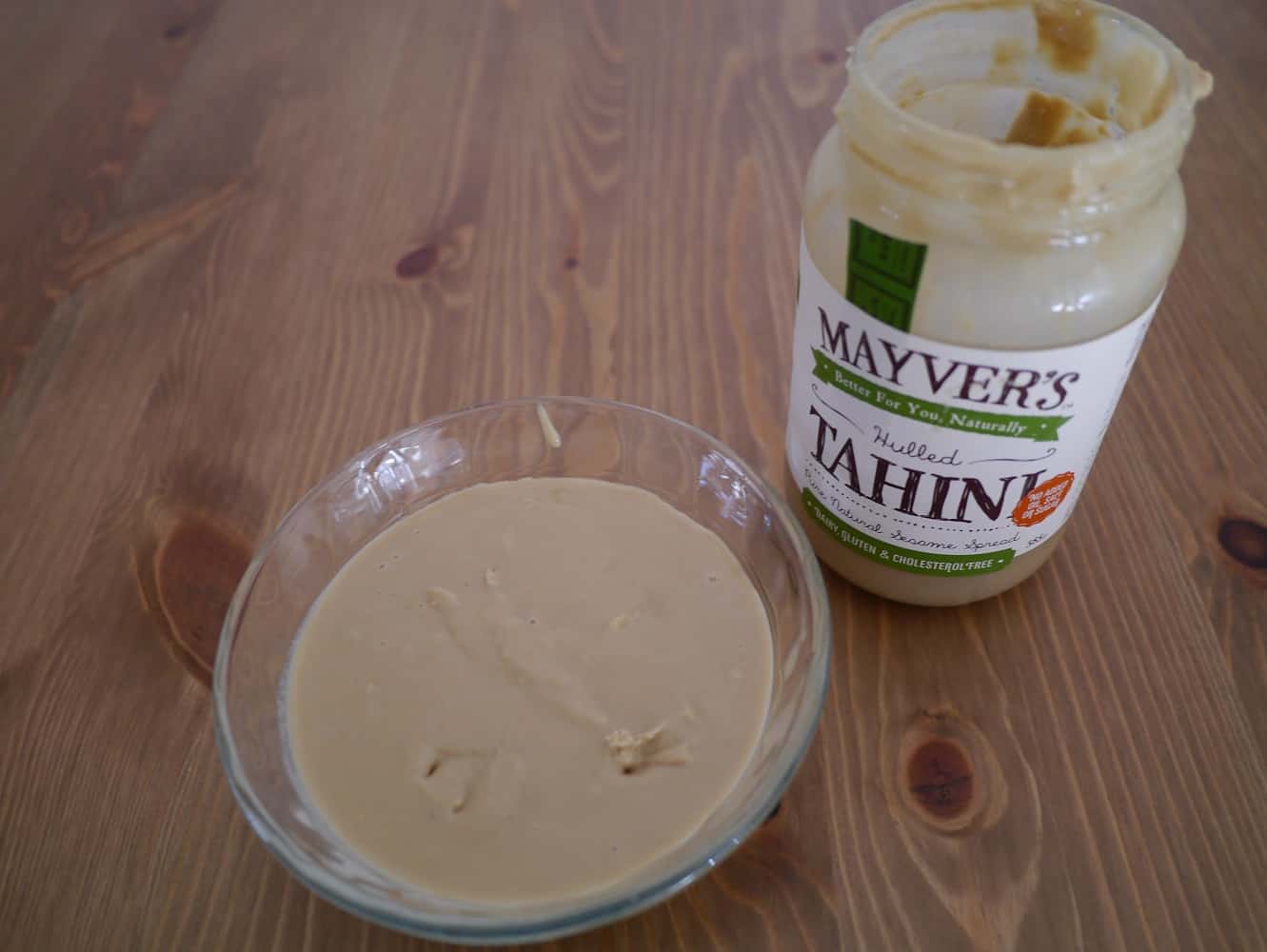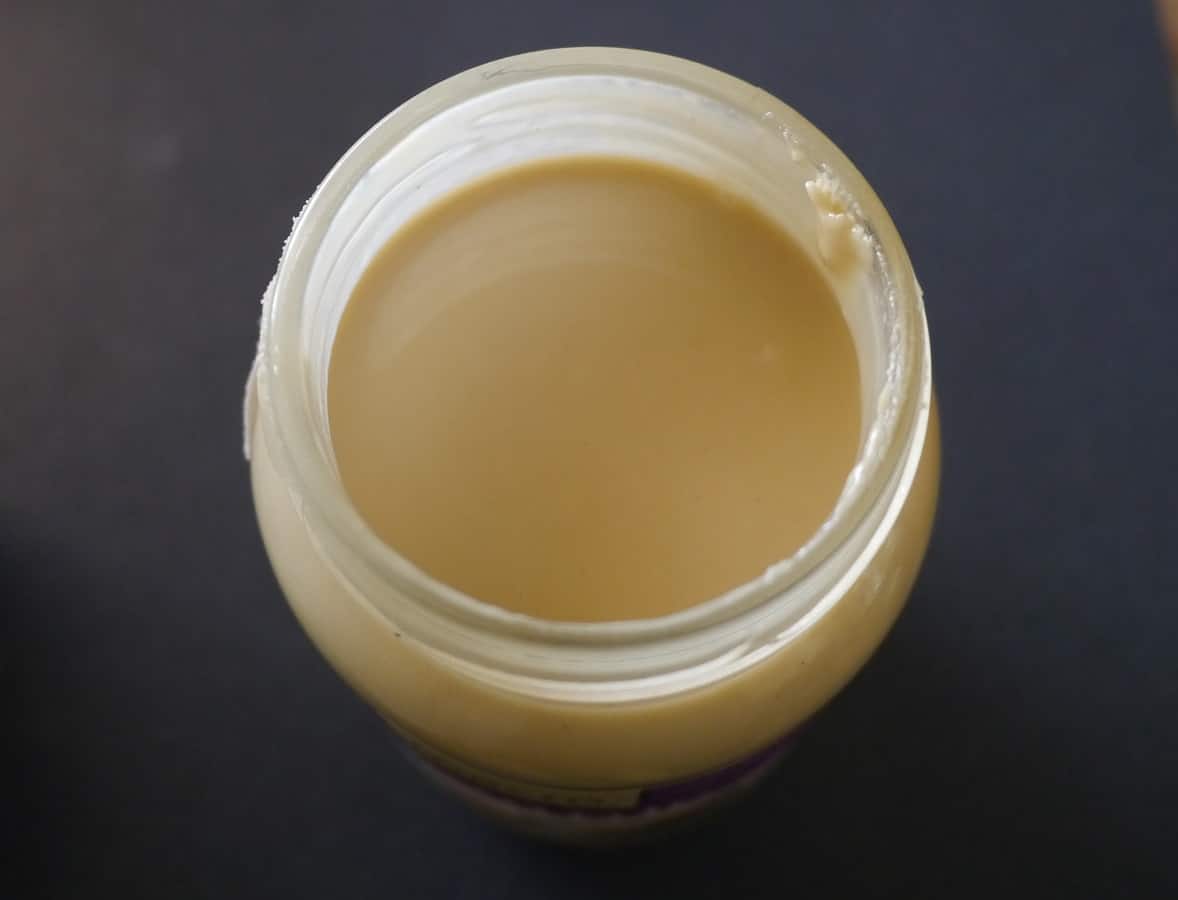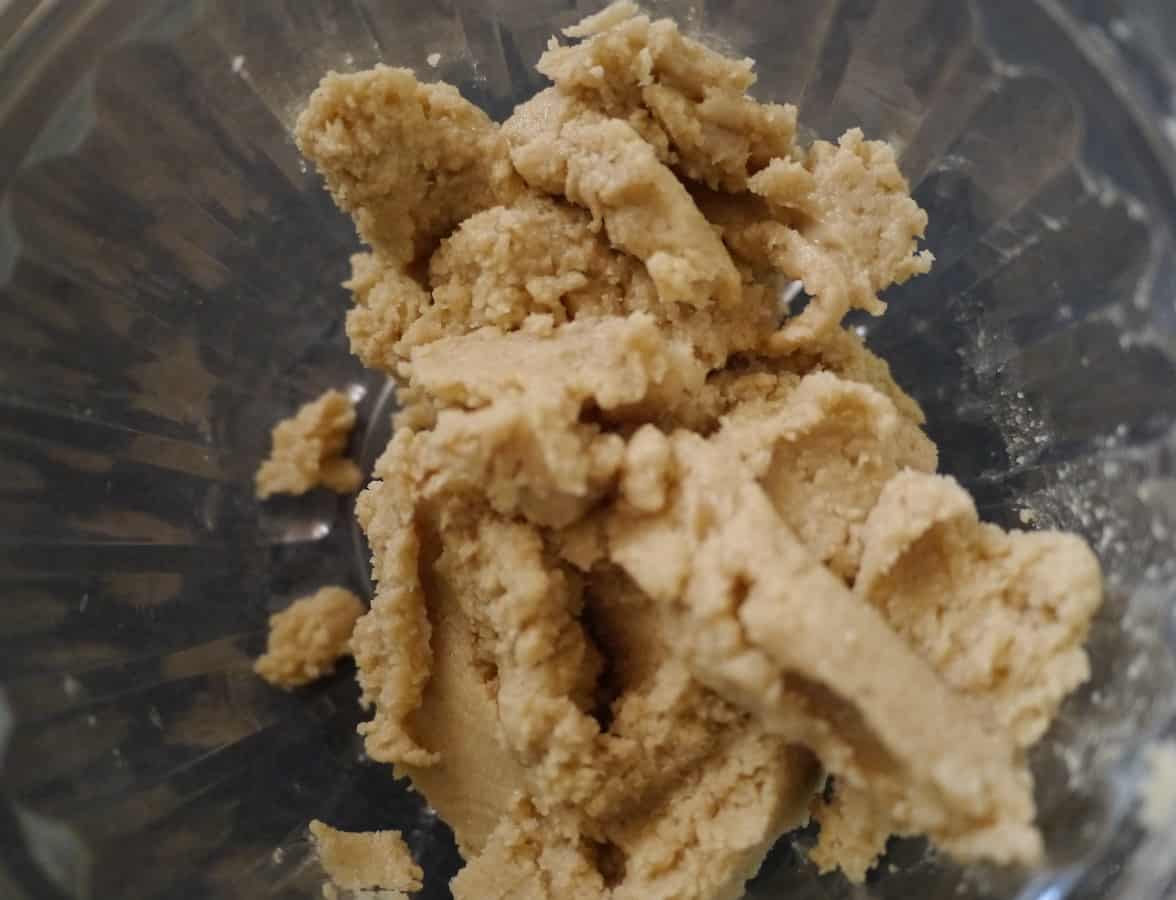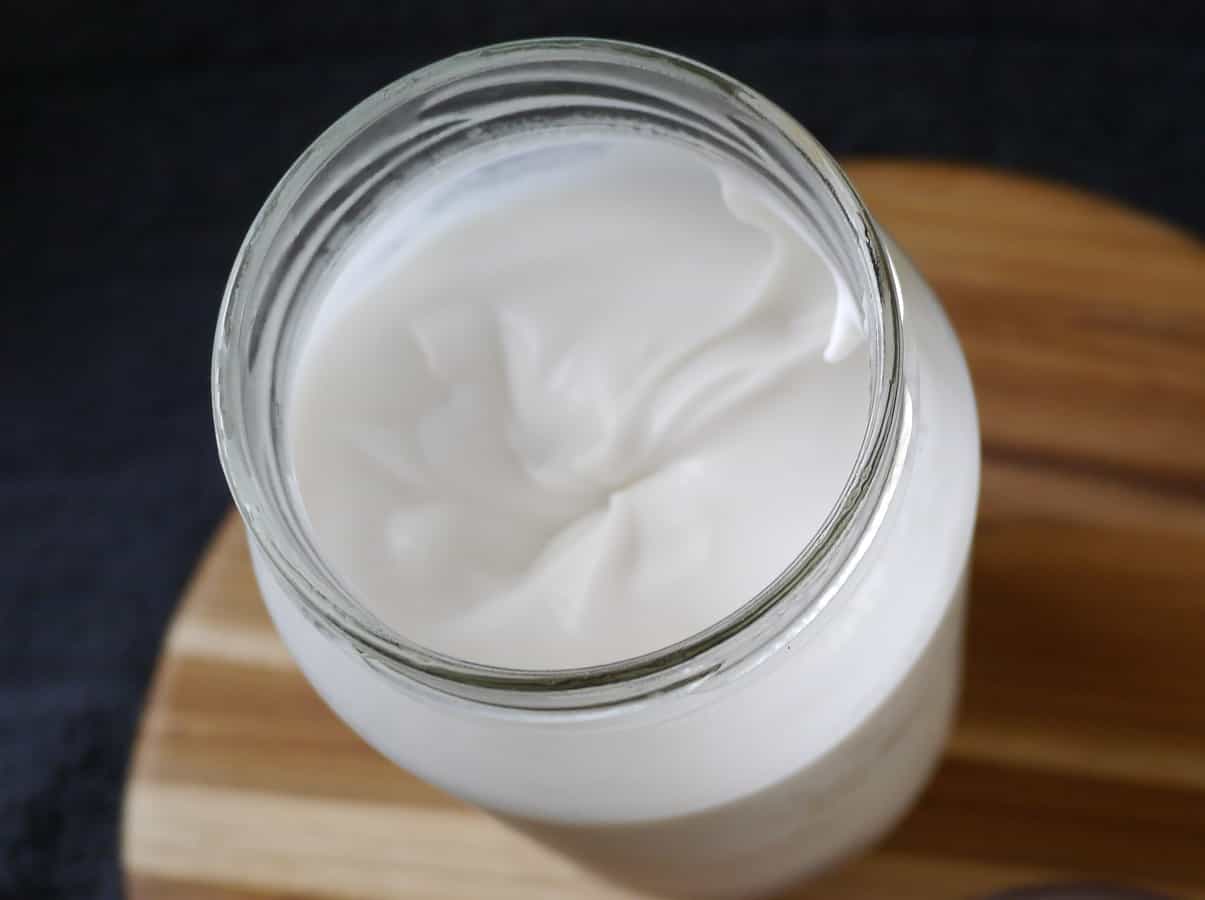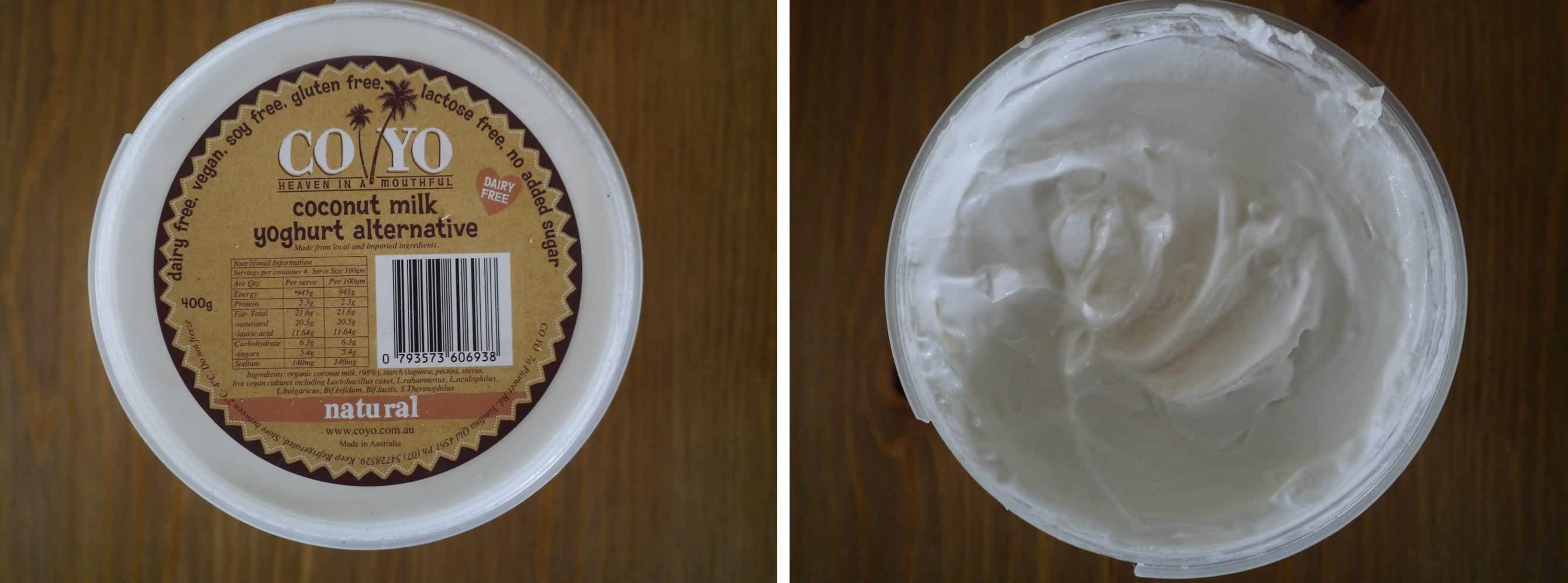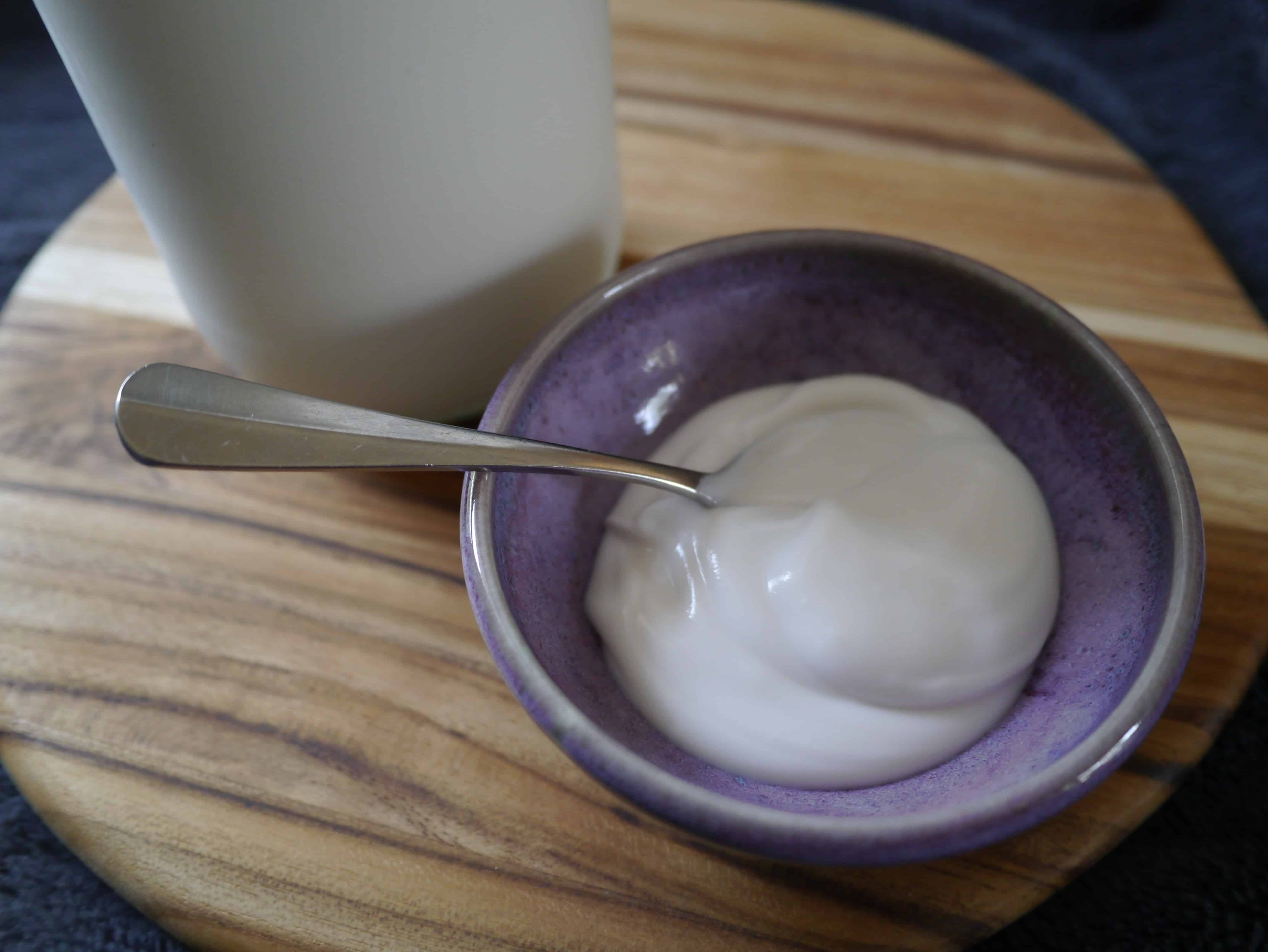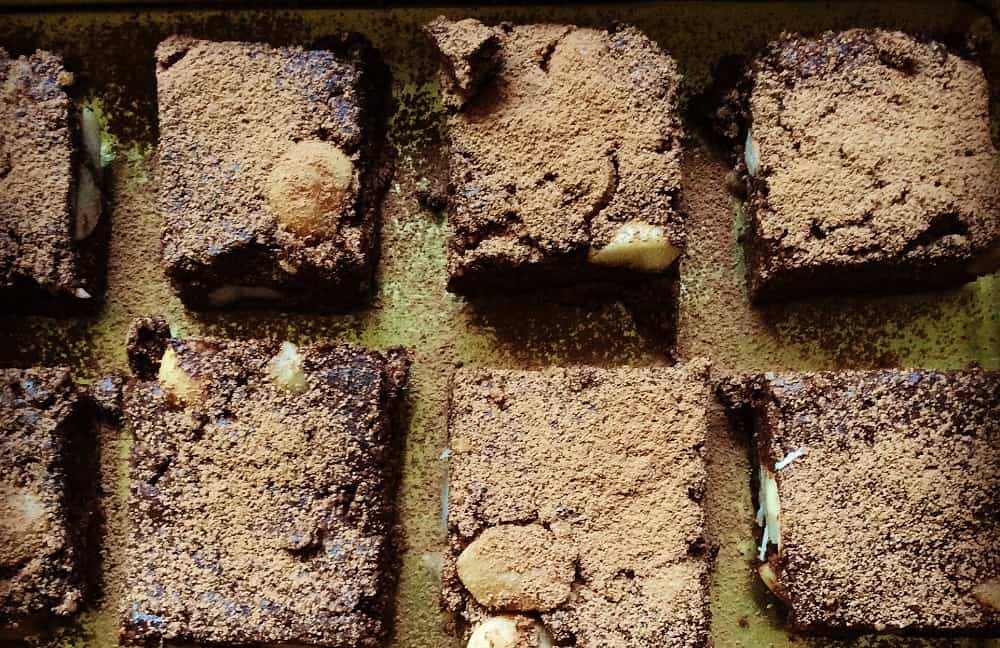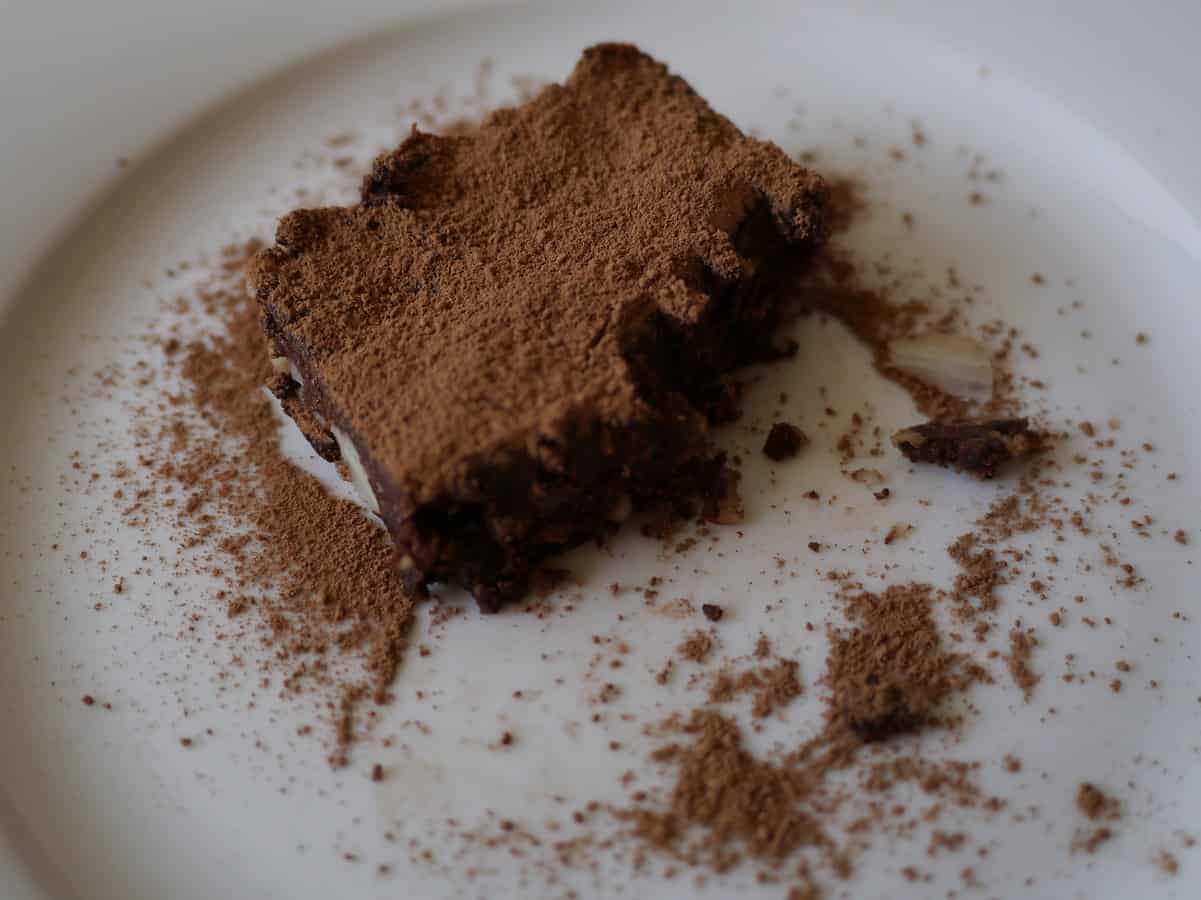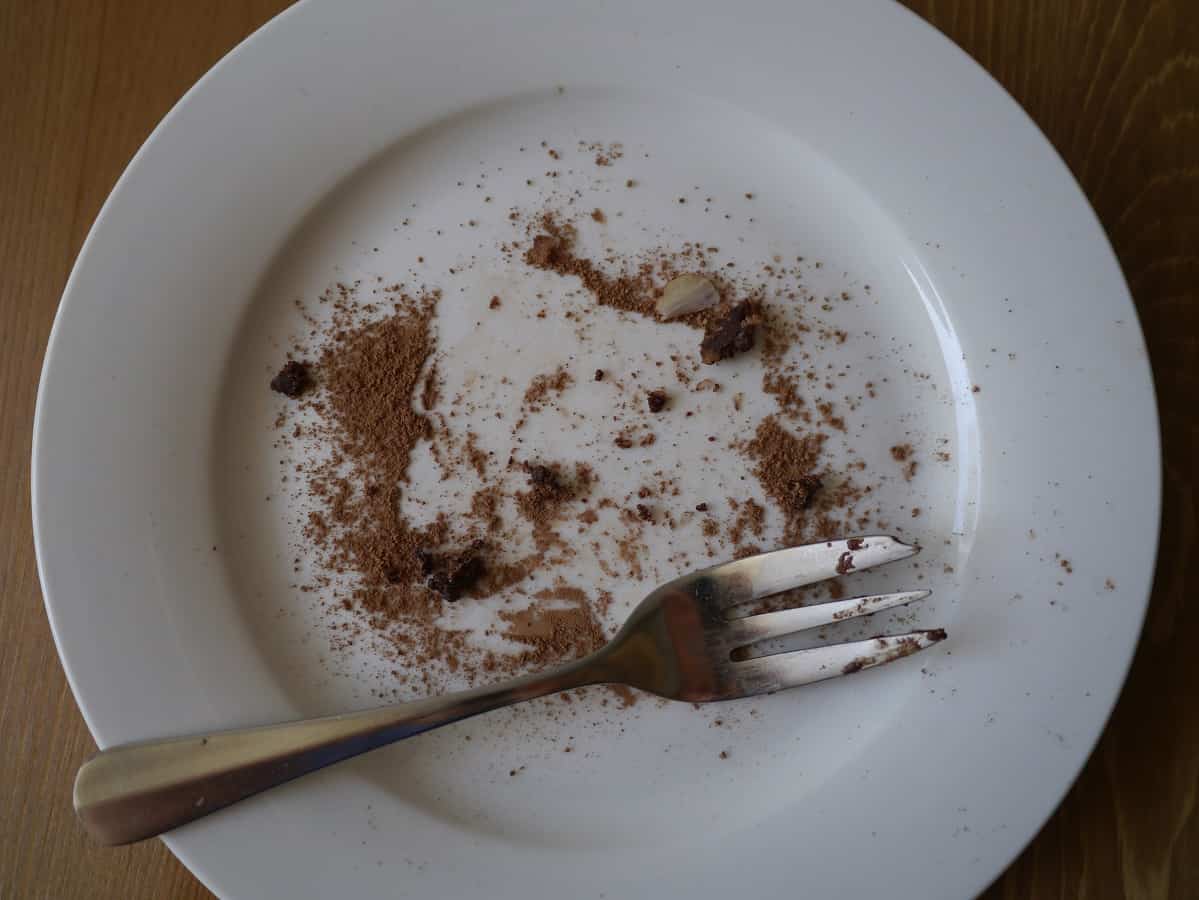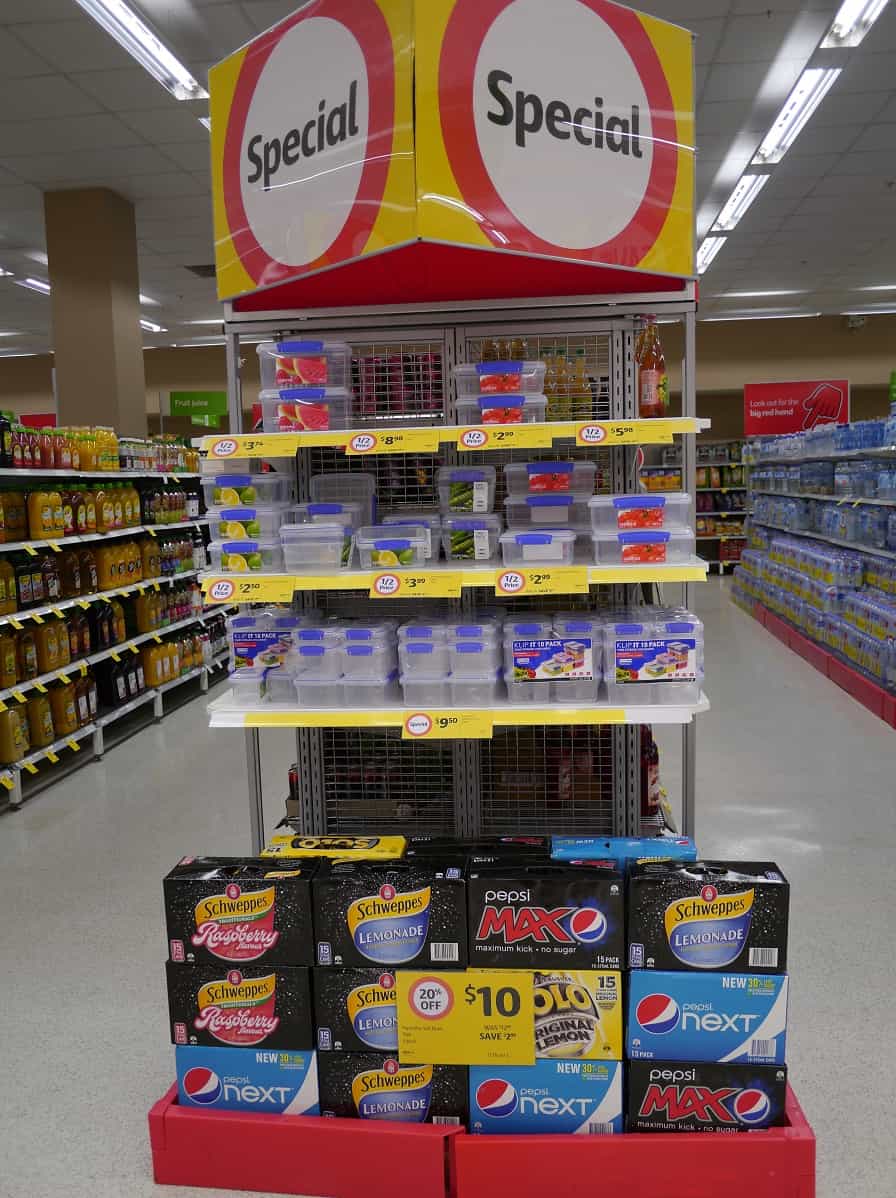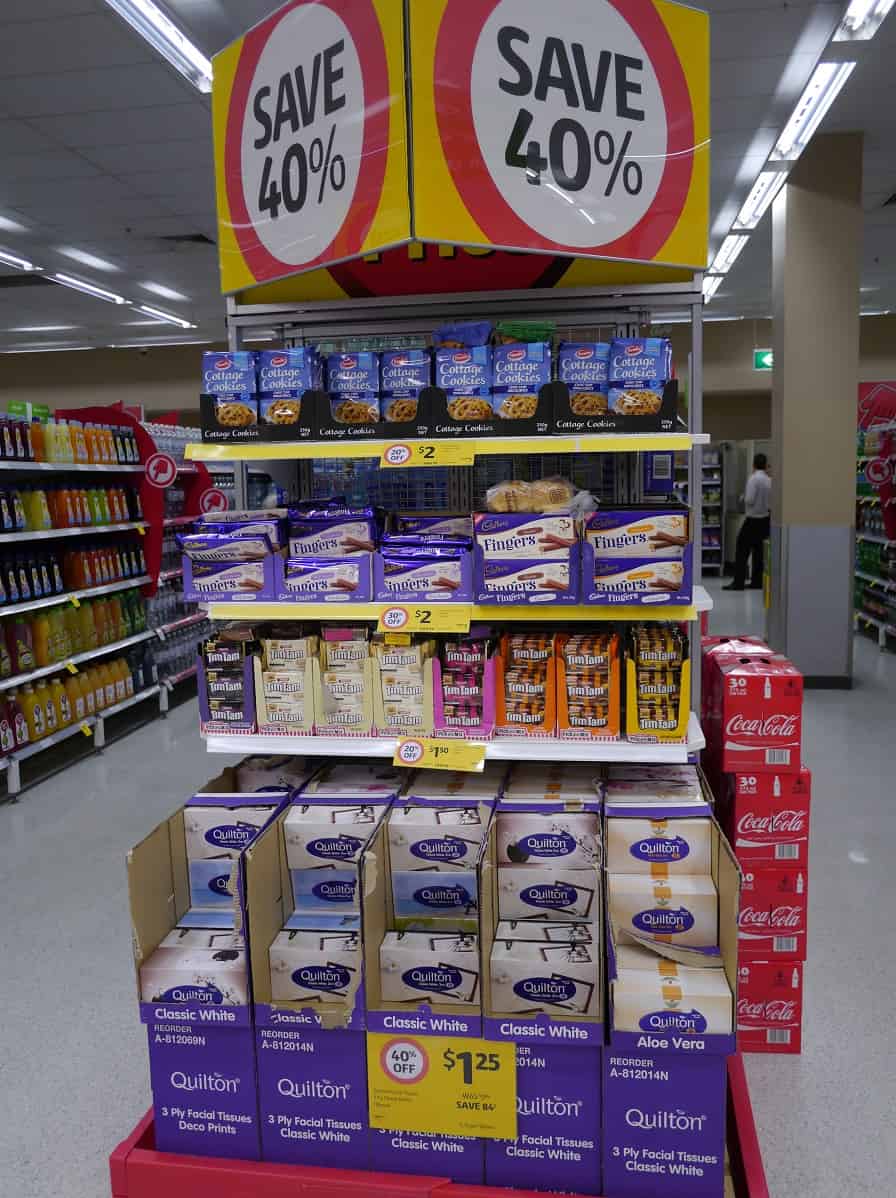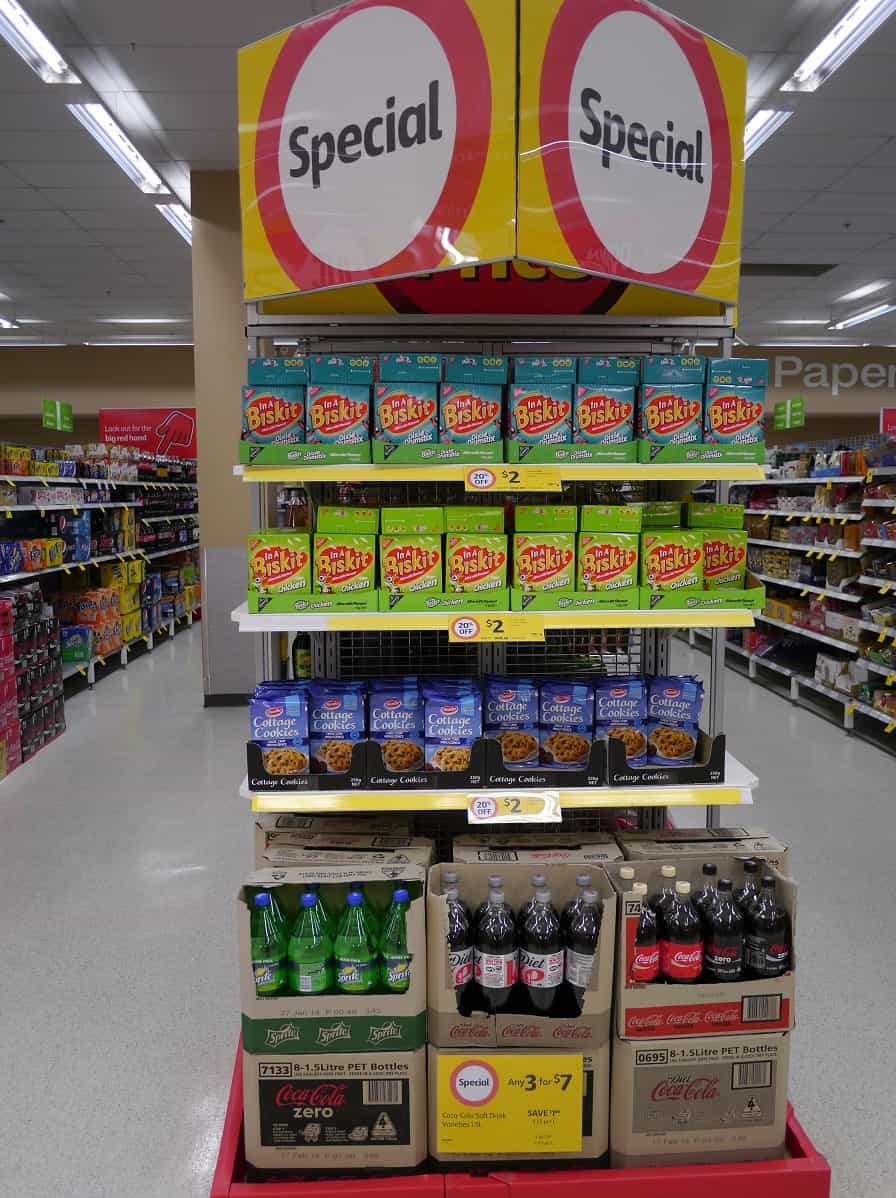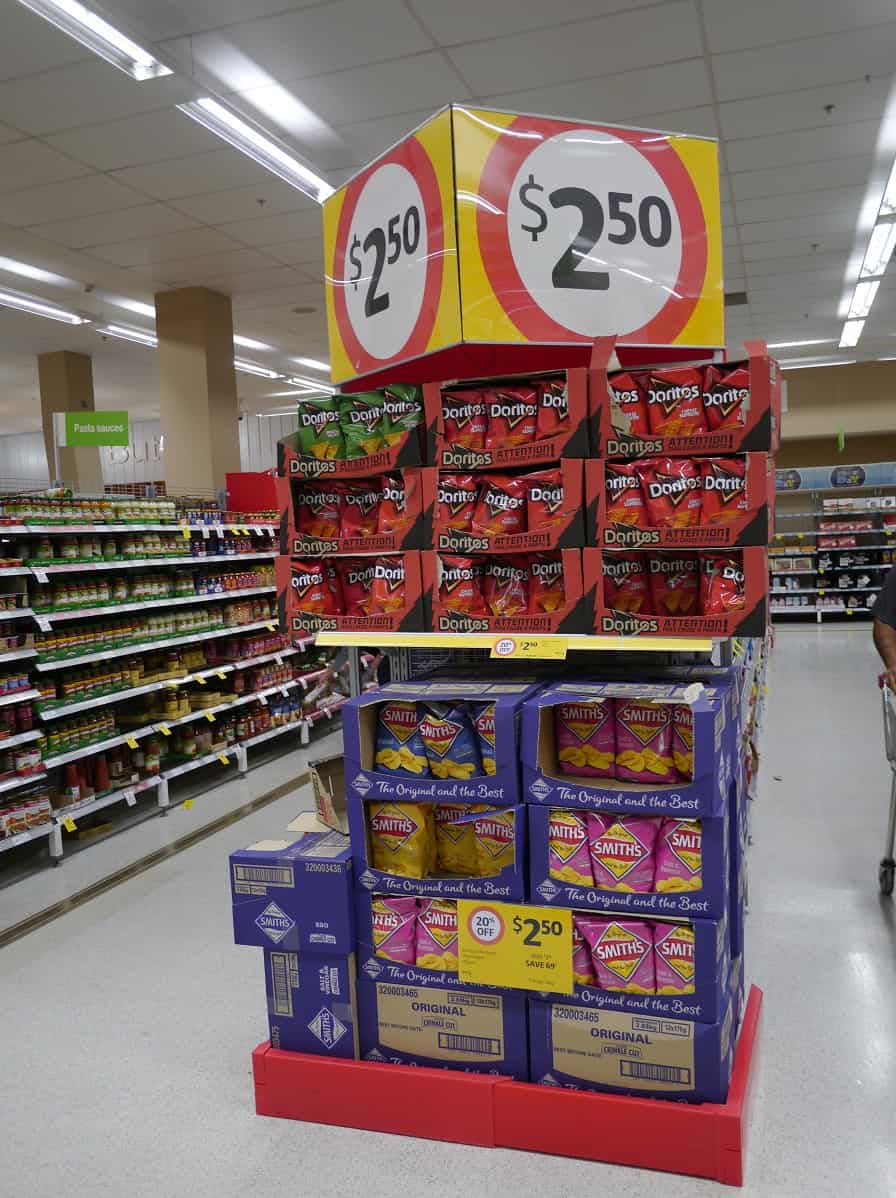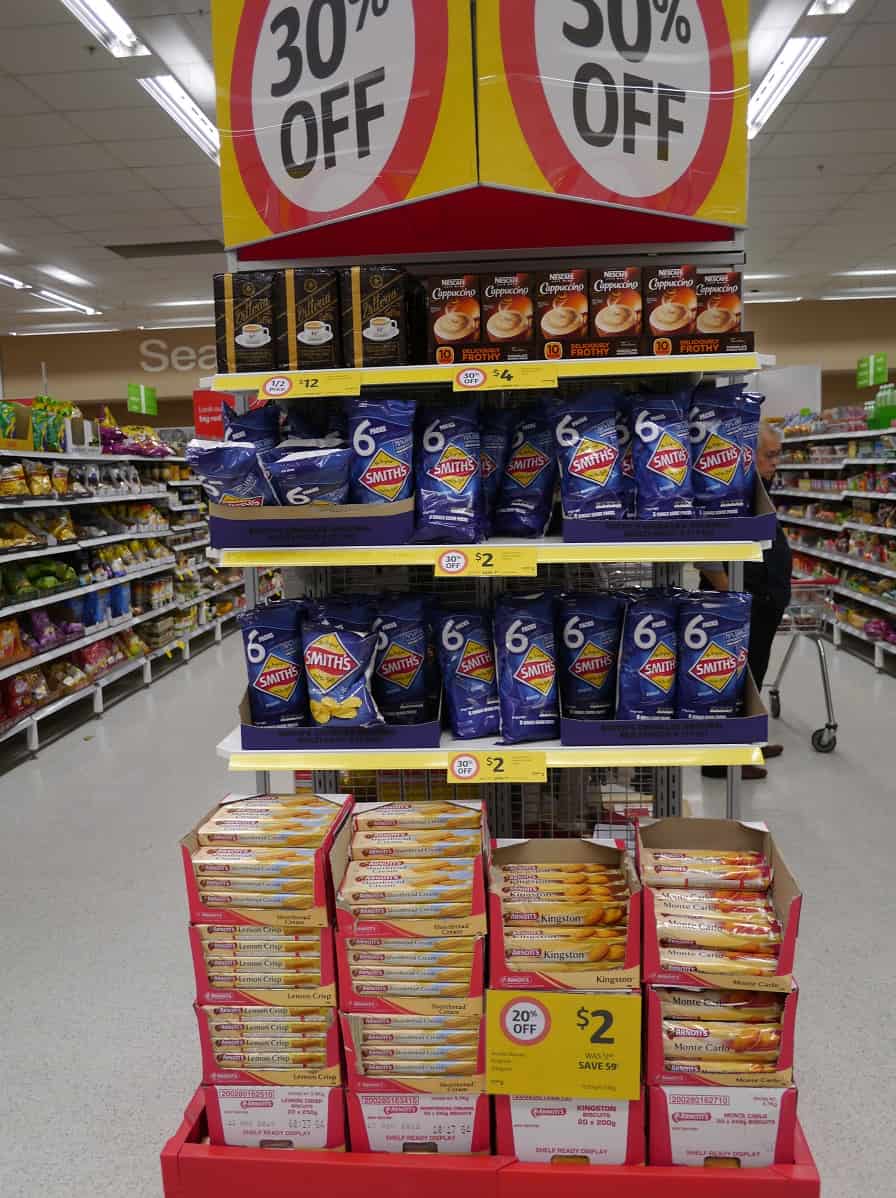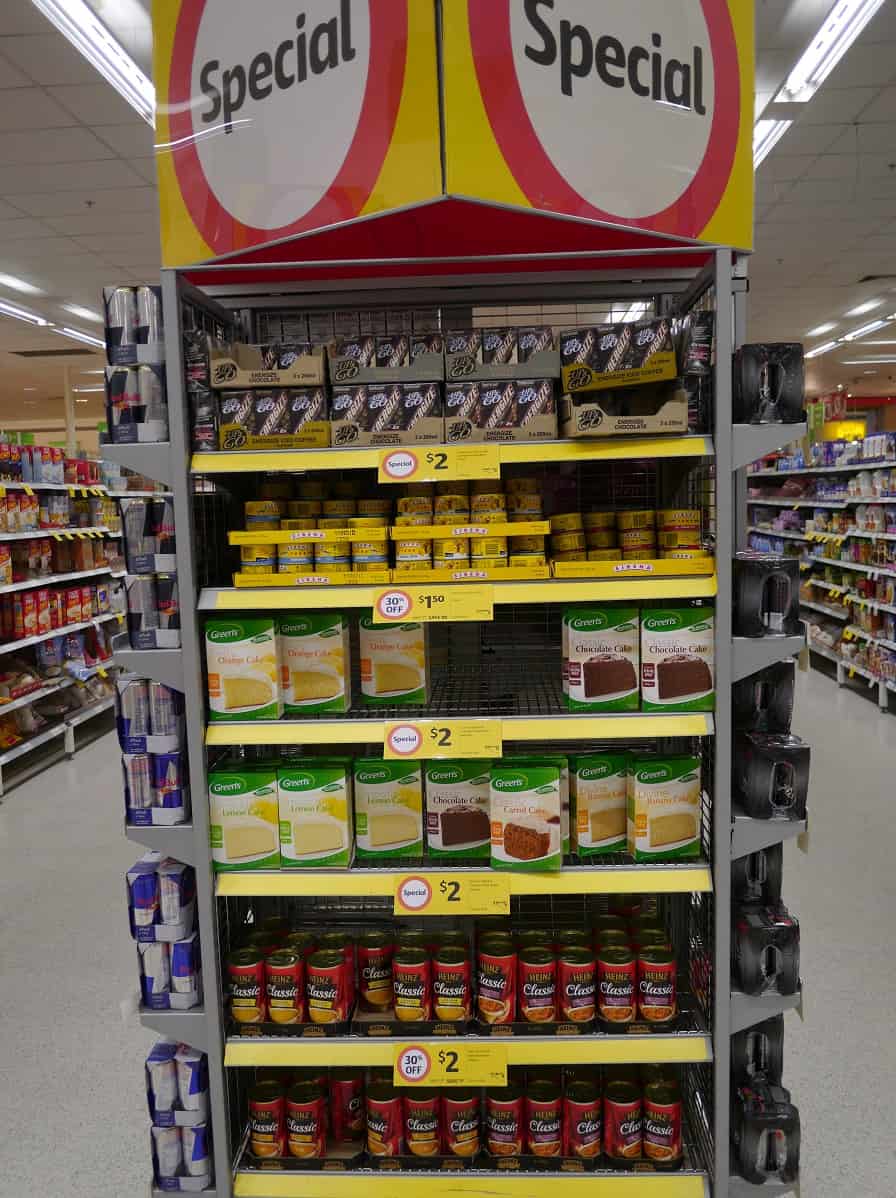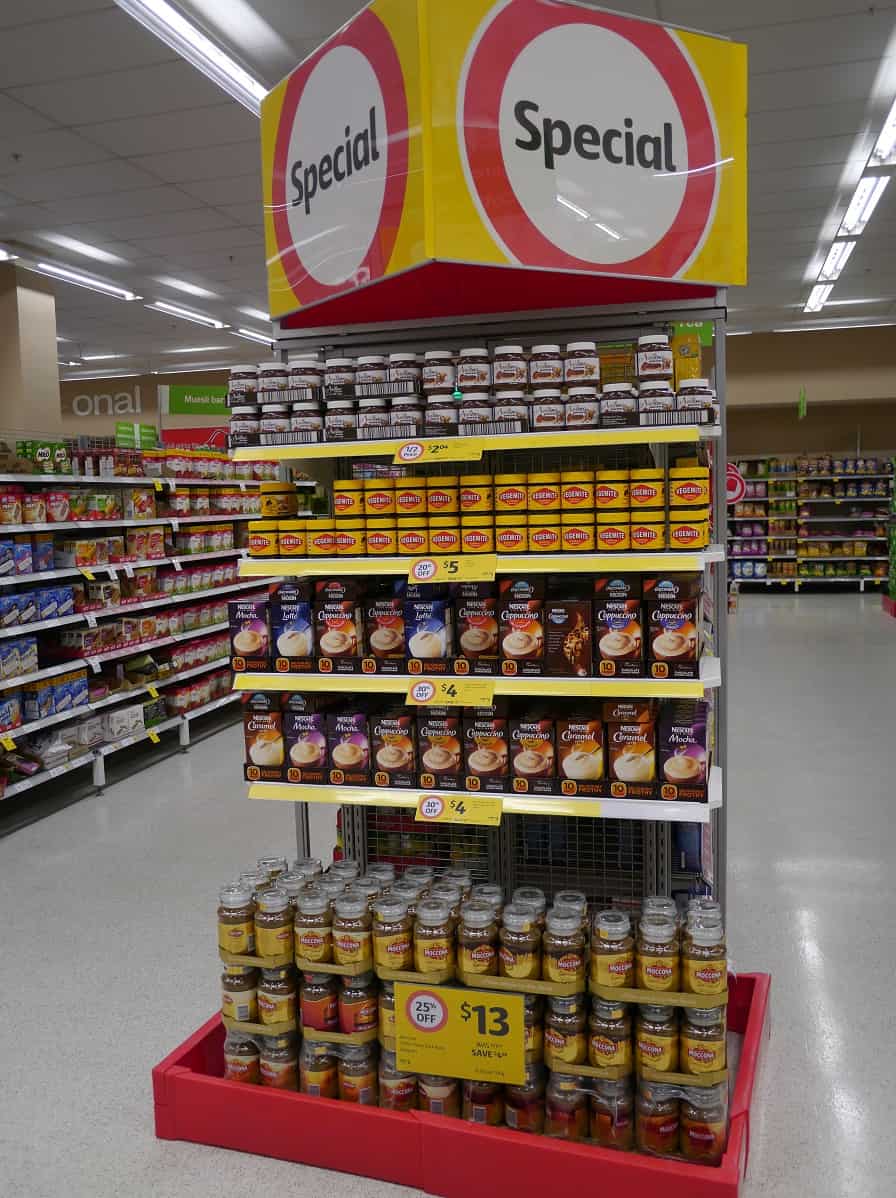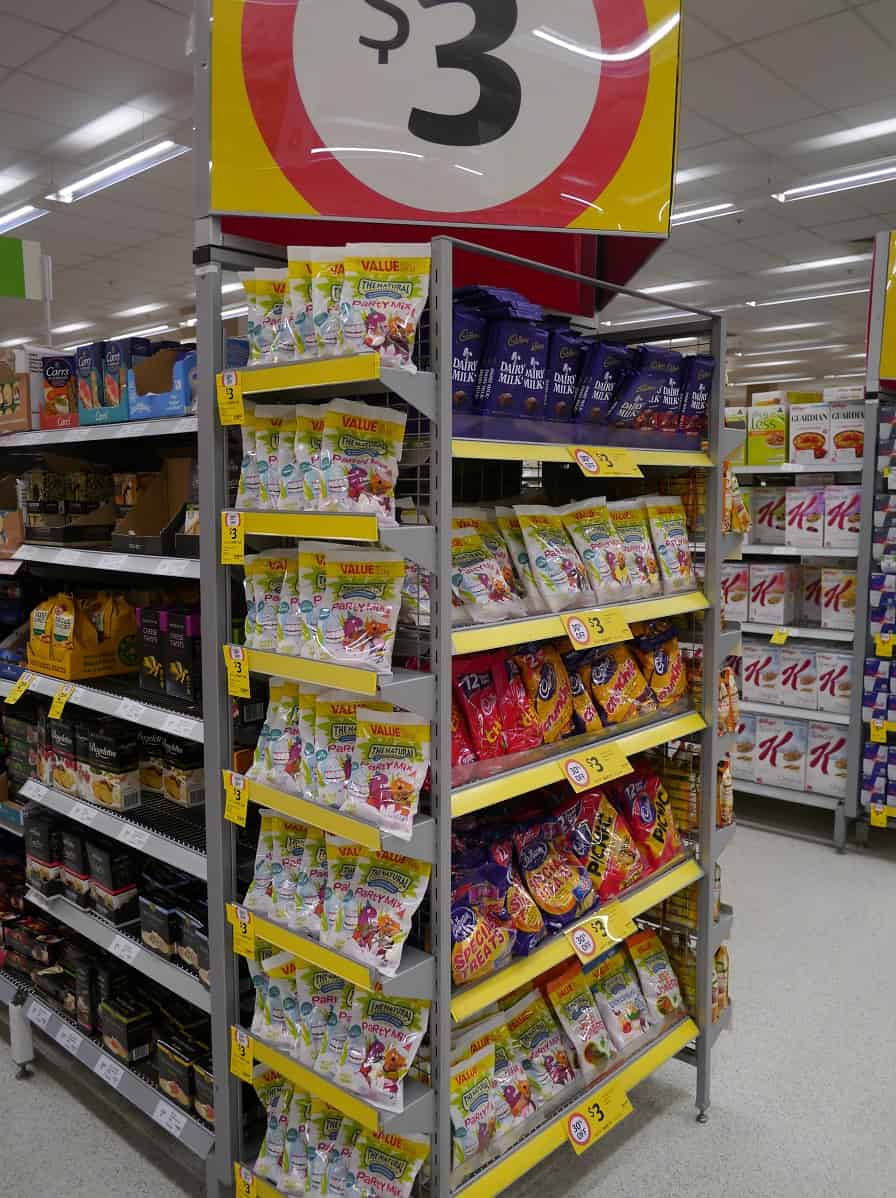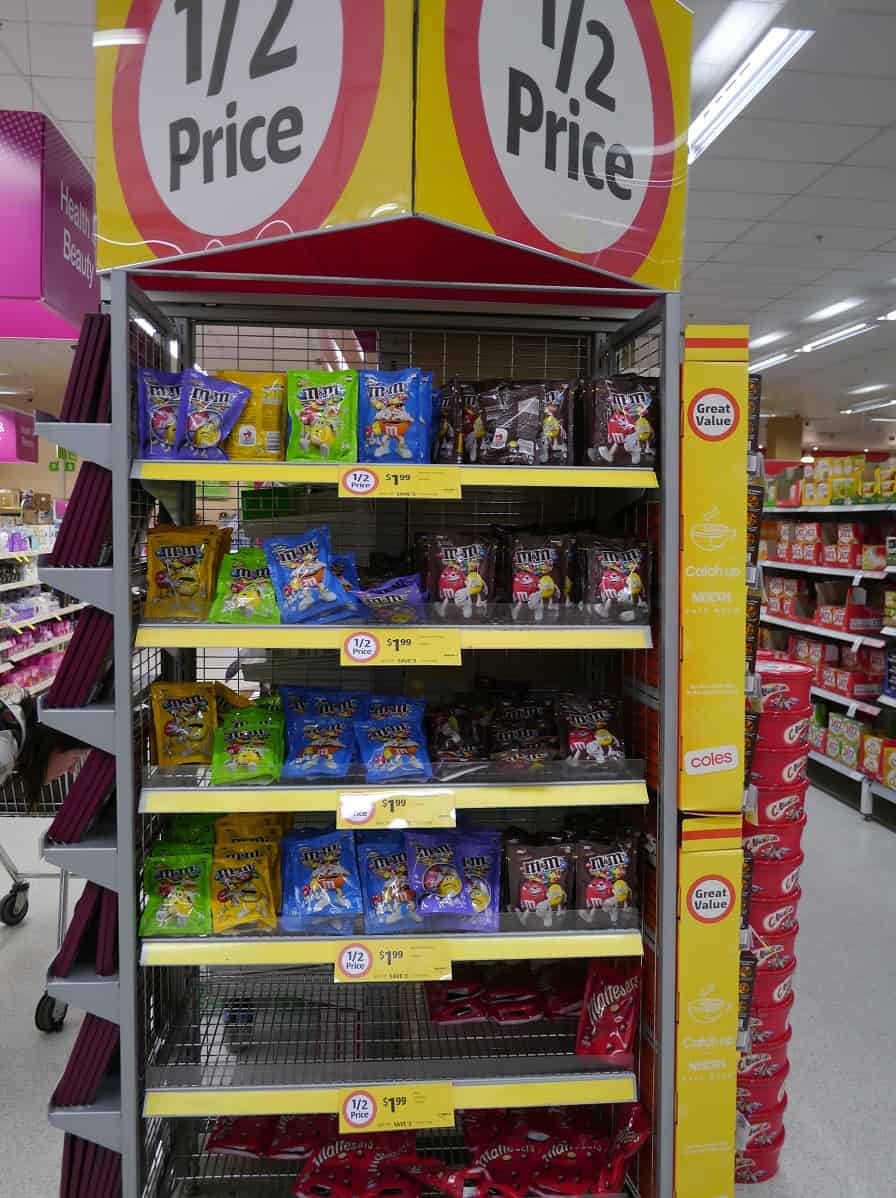Do you know what’s in your food? (And can you trust your supermarket?)
If we all knew what went in our food and connected with where it came from, if we all shopped locally and supported independent shops rather than the big supermarkets and if we all cooked a little more from scratch, rather than buying products in packets containing dubious ingredients, then in my mind, the world would be a better place. We’d be healthier, we’d be more connected to the seasons, our food systems would be more sustainable, and local economies would thrive.
But the problem is, supermarkets dominate the landscape, we’re short of time, and so supermarkets seem like a good option. The choices are endless. There’s a lot of “choice” on those shelves that isn’t even real food. Products made with fake ingredients, pumped with preservatives and then packaged and marketed in a way that make them look enticing, often with clever and emotive language, and of course, pictures.
Most of us don’t really stop and consider all this choice. It’s overwhelming. We put our trust in the supermarkets and the companies that sell the products lining the shelves. We let them choose for us. We don’t realise that in many cases we’re being misled. Just because something looks healthy, or comes from the “healthy” aisle, or has “natural” printed all over the box, it doesn’t mean that it is.
We don’t know what’s really in those packets because we don’t take the time to study the ingredients. Most of us don’t have the time. Even if we did, spending hours in the supermarket reading all the labels may not be our idea of fun. But filling our bodies with man-made ingredients, chemicals and preservatives isn’t much fun either, and it certainly does nothing for our health. I’ve thought of a solution. Rather than encouraging you to read all the labels next time you need to buy groceries, I thought I’d make things a little bit easier. I’m bringing the labels to you.
The Bakery Aisle
There’s nothing more ironic than the “treats” lining the bakery aisle, all fillers, preservatives, mystery ingredients and refined sugar.
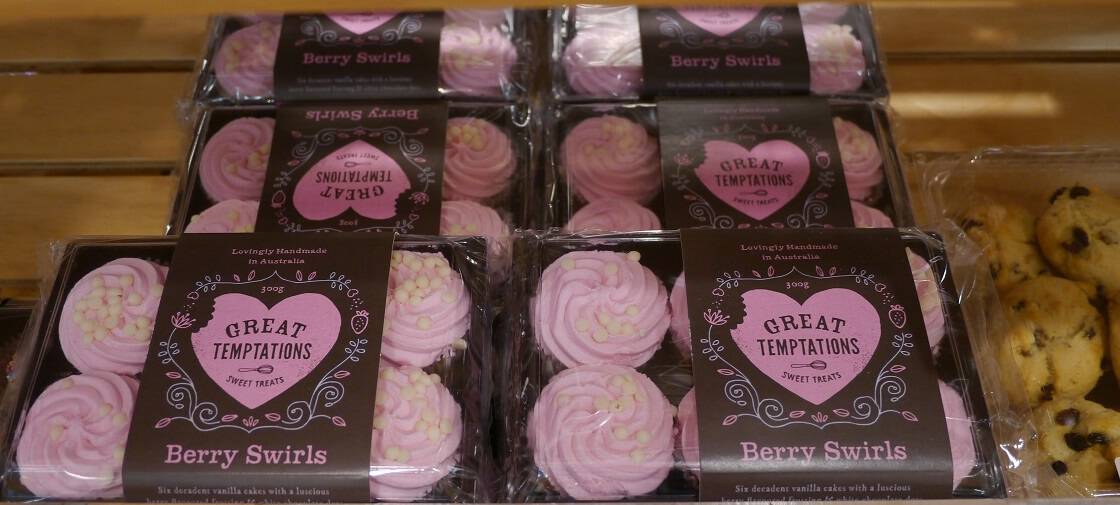
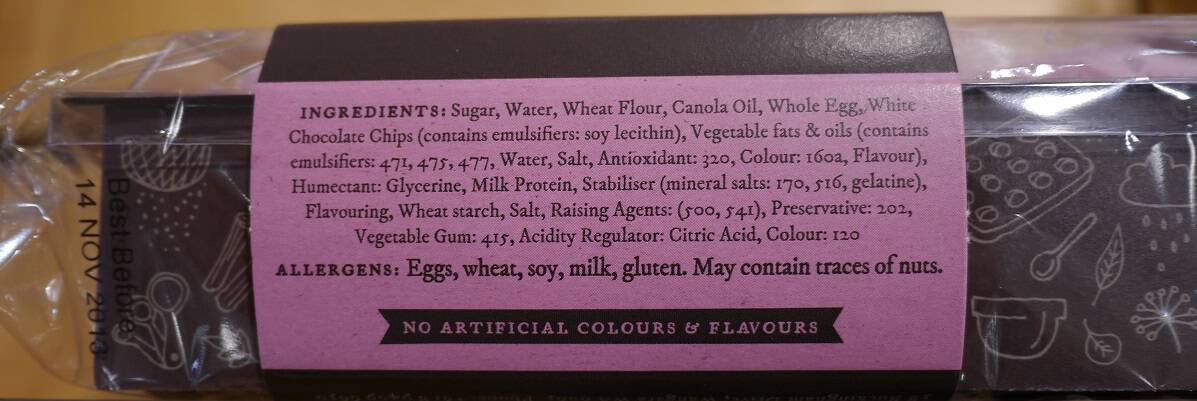 Ingredients are always listed starting with the ingredient that there is most of, in descending order. Which means these cupcakes have more sugar and water than anything else. Yes, water. In a cupcake. By adding emulsifiers, water can be mixed with oil and stabilised. It’s a sneaky way to bulk out a product on the cheap.
Ingredients are always listed starting with the ingredient that there is most of, in descending order. Which means these cupcakes have more sugar and water than anything else. Yes, water. In a cupcake. By adding emulsifiers, water can be mixed with oil and stabilised. It’s a sneaky way to bulk out a product on the cheap. 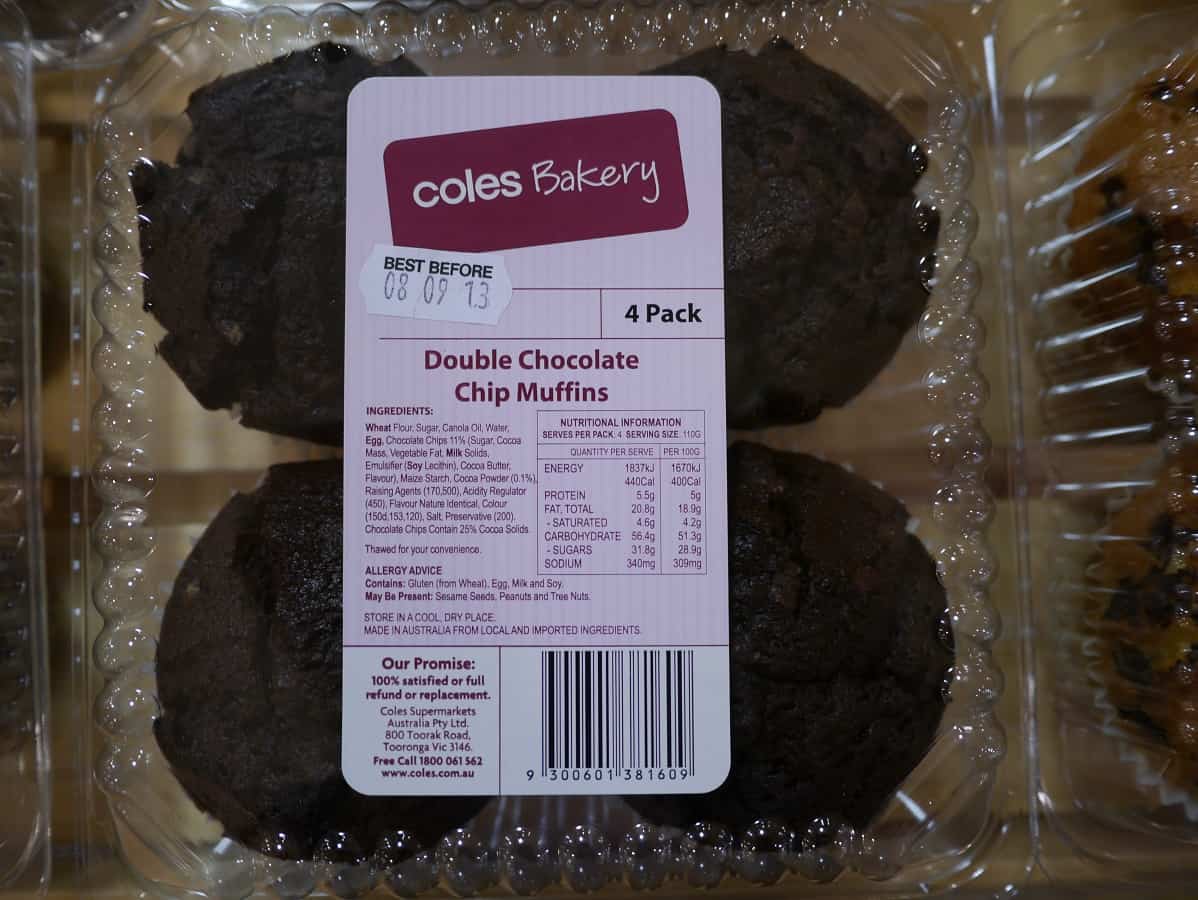
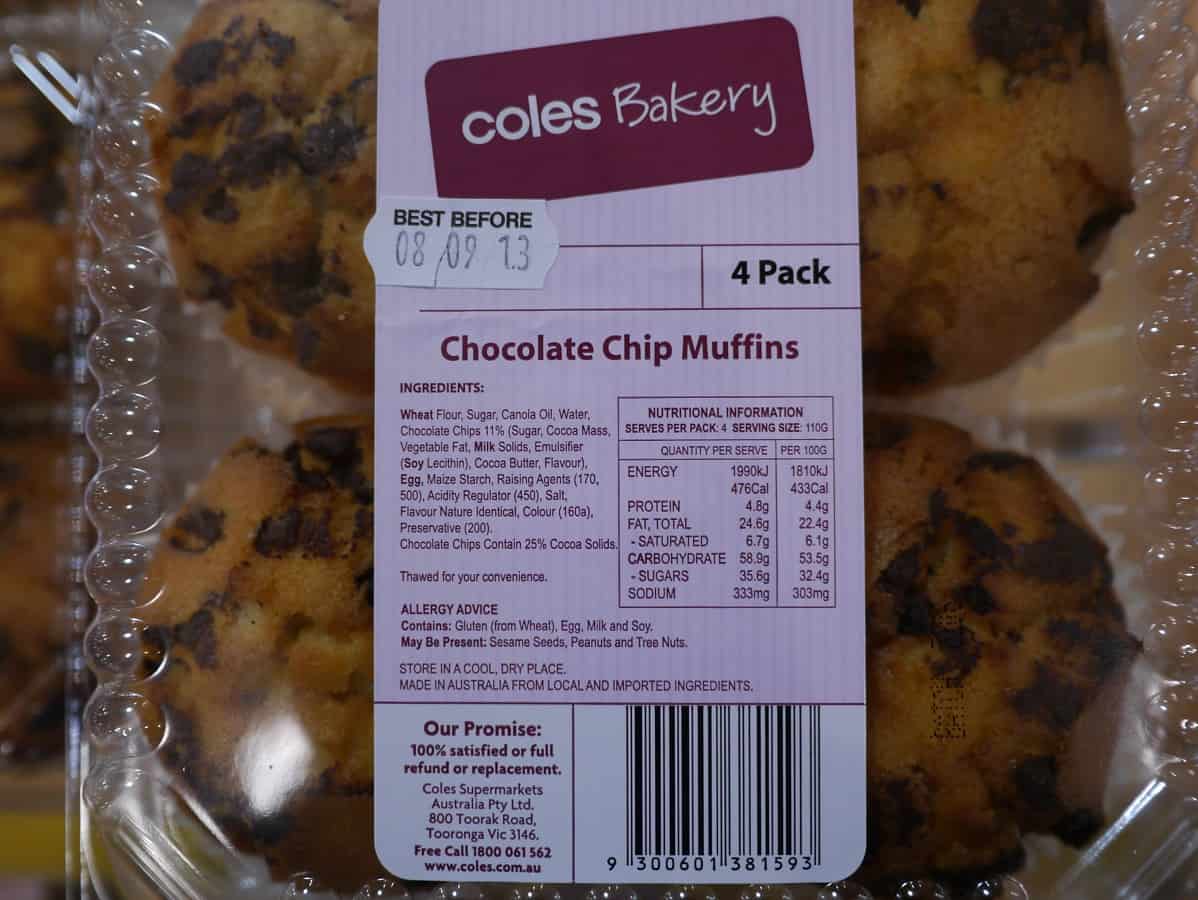 These muffins contain more flour than sugar, and more oil than water, but they’re still making use of the emulsifiers to bulk out the product with non-ingredients. You might notice at the bottom of the label that they have been “Thawed for your convenience”. So these have been made somewhere else, cooked, frozen and transported, and then defrosted in order to sit on the shelves as a bakery product.
These muffins contain more flour than sugar, and more oil than water, but they’re still making use of the emulsifiers to bulk out the product with non-ingredients. You might notice at the bottom of the label that they have been “Thawed for your convenience”. So these have been made somewhere else, cooked, frozen and transported, and then defrosted in order to sit on the shelves as a bakery product. 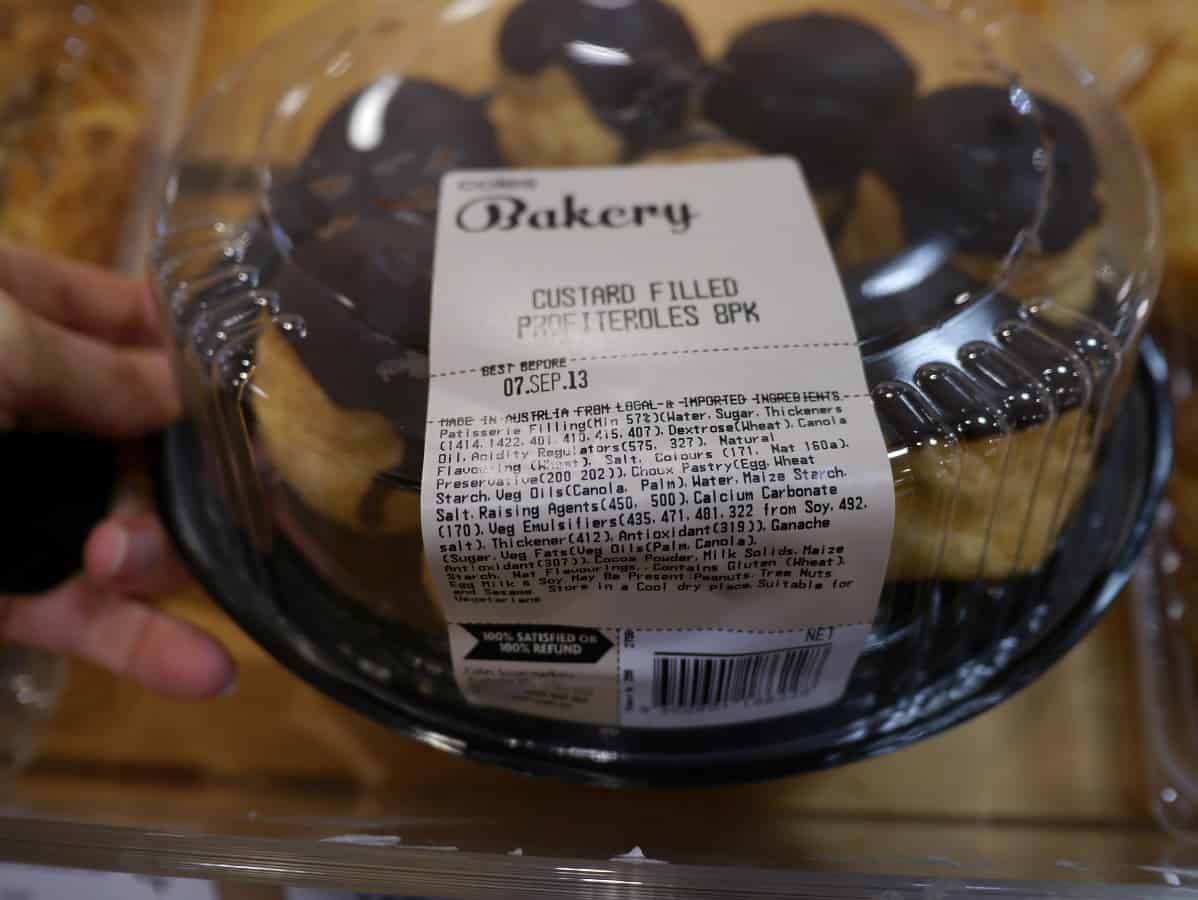 Everything about these is wrong. There’s 24 E numbers, a high water content, palm oil is a listed ingredient (demand for palm oil is causing large-scale deforestation and devastating the orangutan population) as well as thickeners, preservatives and added flavourings.
Everything about these is wrong. There’s 24 E numbers, a high water content, palm oil is a listed ingredient (demand for palm oil is causing large-scale deforestation and devastating the orangutan population) as well as thickeners, preservatives and added flavourings.
The “Health Food” Aisle
To distinguish between this junk food and all the other junk food lining the shelves elsewhere in the store, the supermarket has labelled this section “health food”.
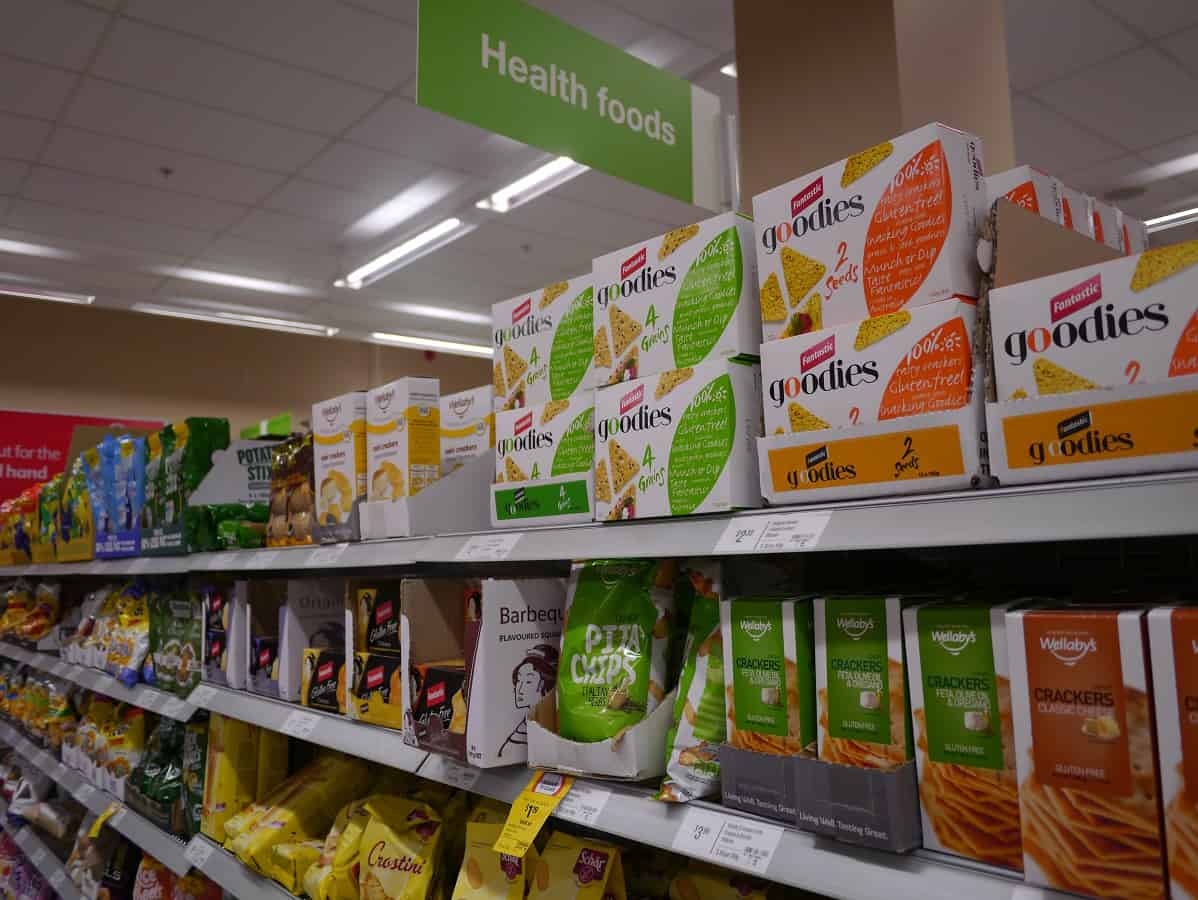 There is a high proportion of gluten-free snacks, but being gluten-free doesn’t automatically qualify something to be healthy. Nor does the label “organic”.
There is a high proportion of gluten-free snacks, but being gluten-free doesn’t automatically qualify something to be healthy. Nor does the label “organic”.
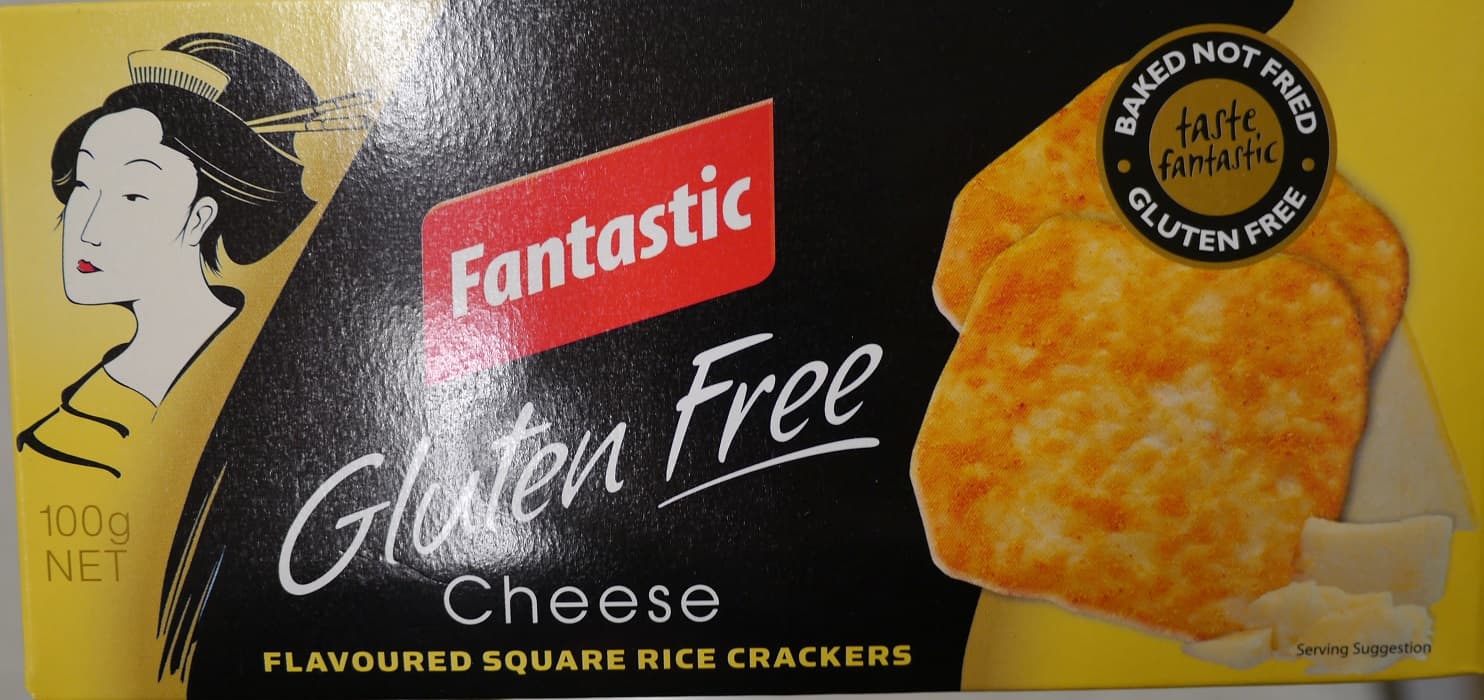
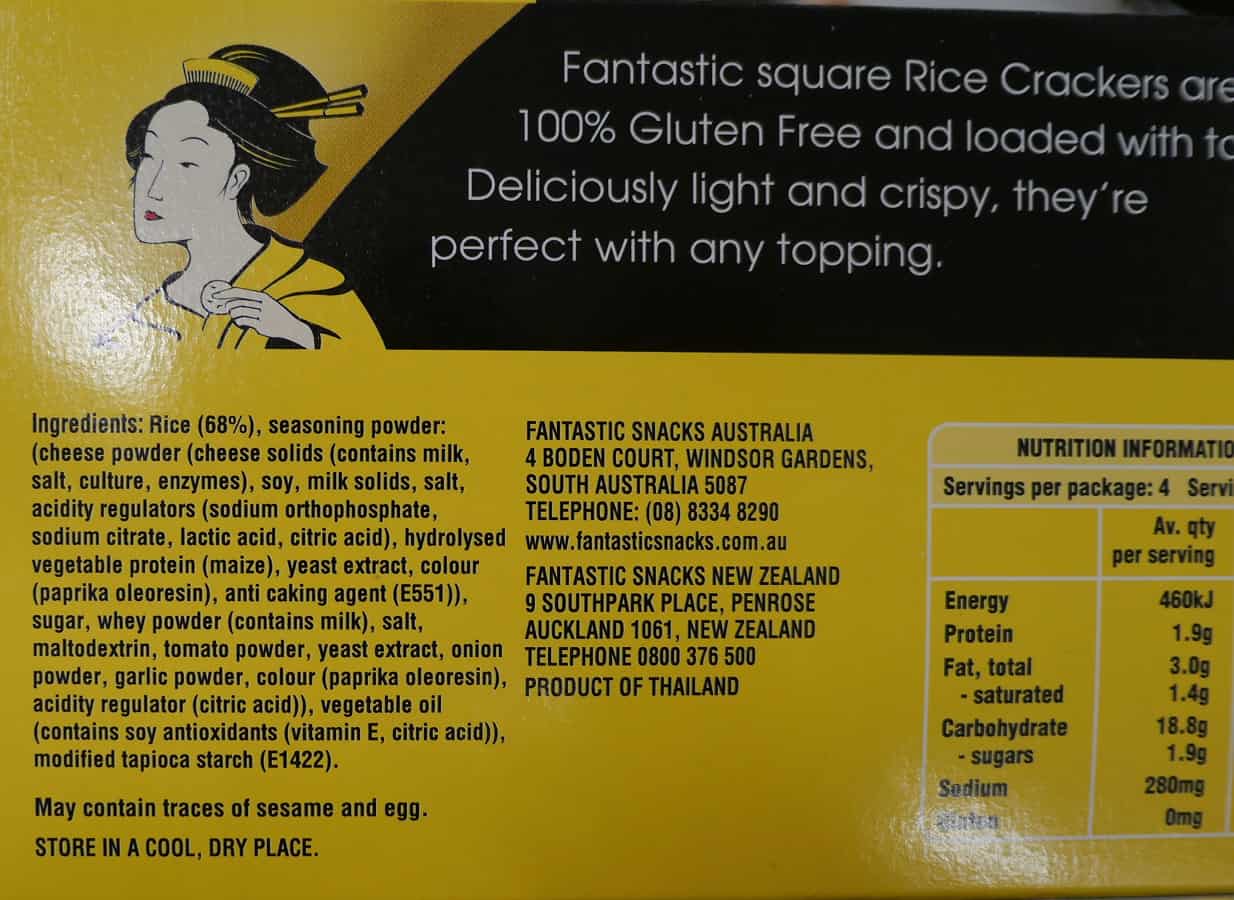 I tried to count the ingredients of these crackers several times, but had to give up – there’s just too many. Not to mention the brackets within brackets within brackets. Food should not be this confusing.
I tried to count the ingredients of these crackers several times, but had to give up – there’s just too many. Not to mention the brackets within brackets within brackets. Food should not be this confusing.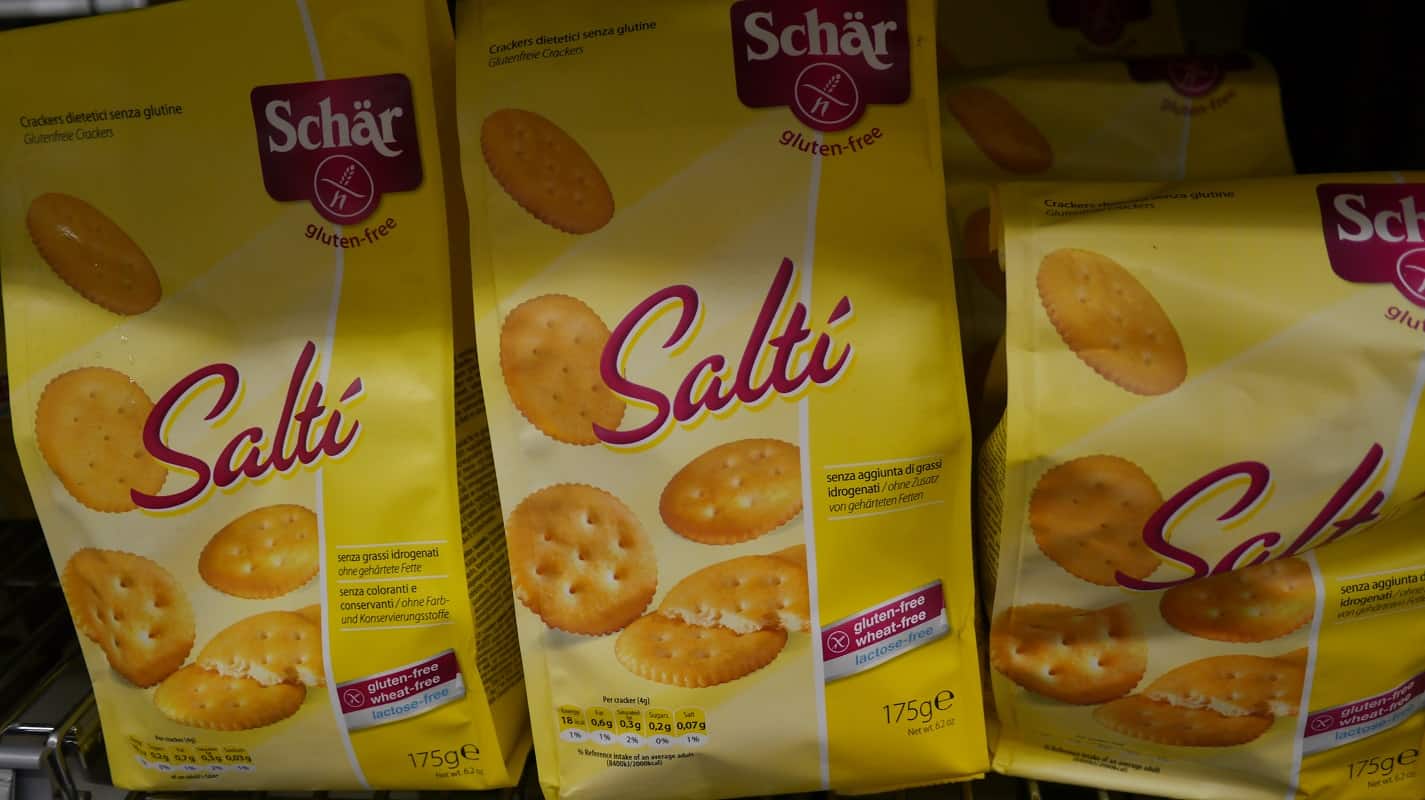
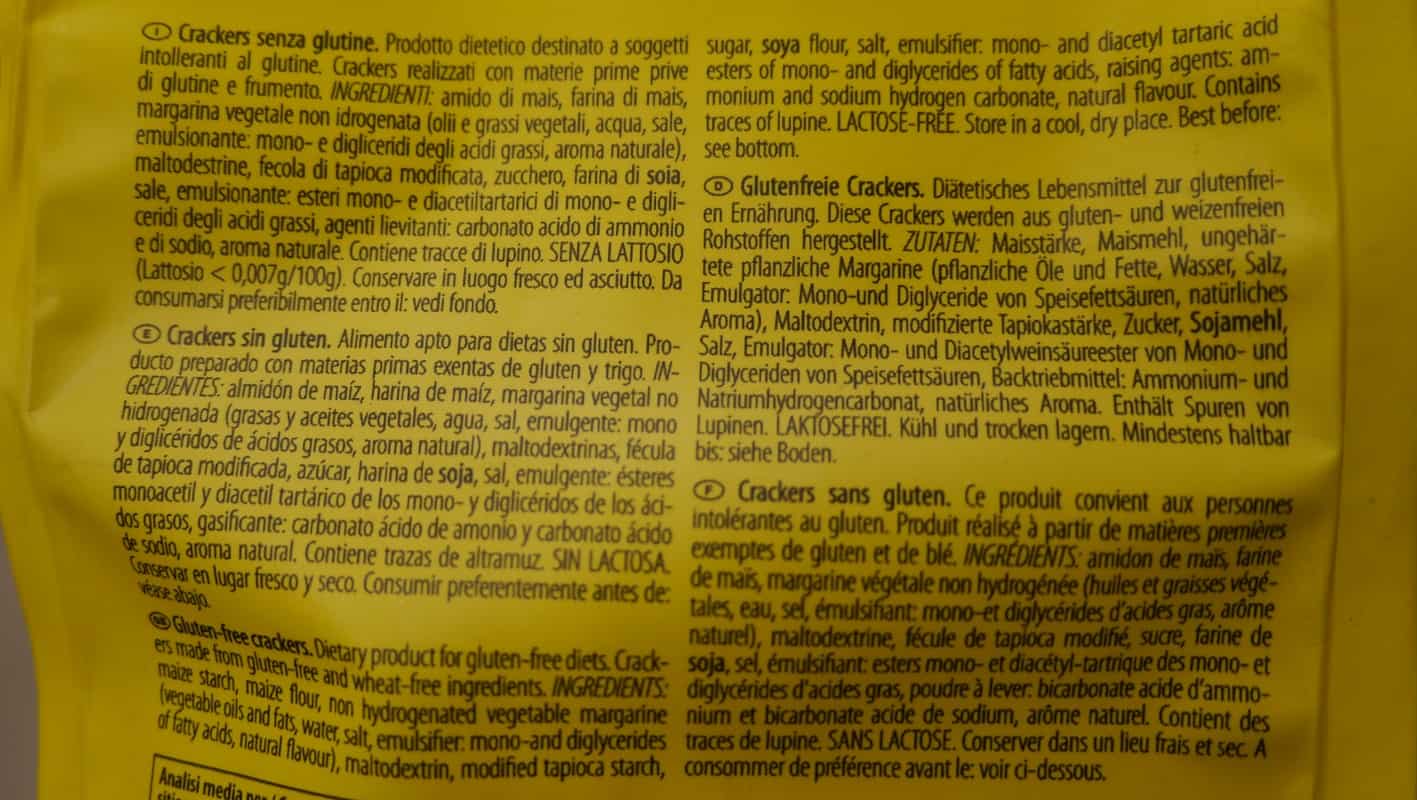 Mono- and diglycerides of fatty acids are synthetic (man-made) fats. They are also E numbers (diacetyl tartaric acid ester of mono- and diglycerides is also called E472e). Shoppers often avoid E numbers, so manufacturers write the names of the ingredients out in full to make the product appear to be more natural.
Mono- and diglycerides of fatty acids are synthetic (man-made) fats. They are also E numbers (diacetyl tartaric acid ester of mono- and diglycerides is also called E472e). Shoppers often avoid E numbers, so manufacturers write the names of the ingredients out in full to make the product appear to be more natural.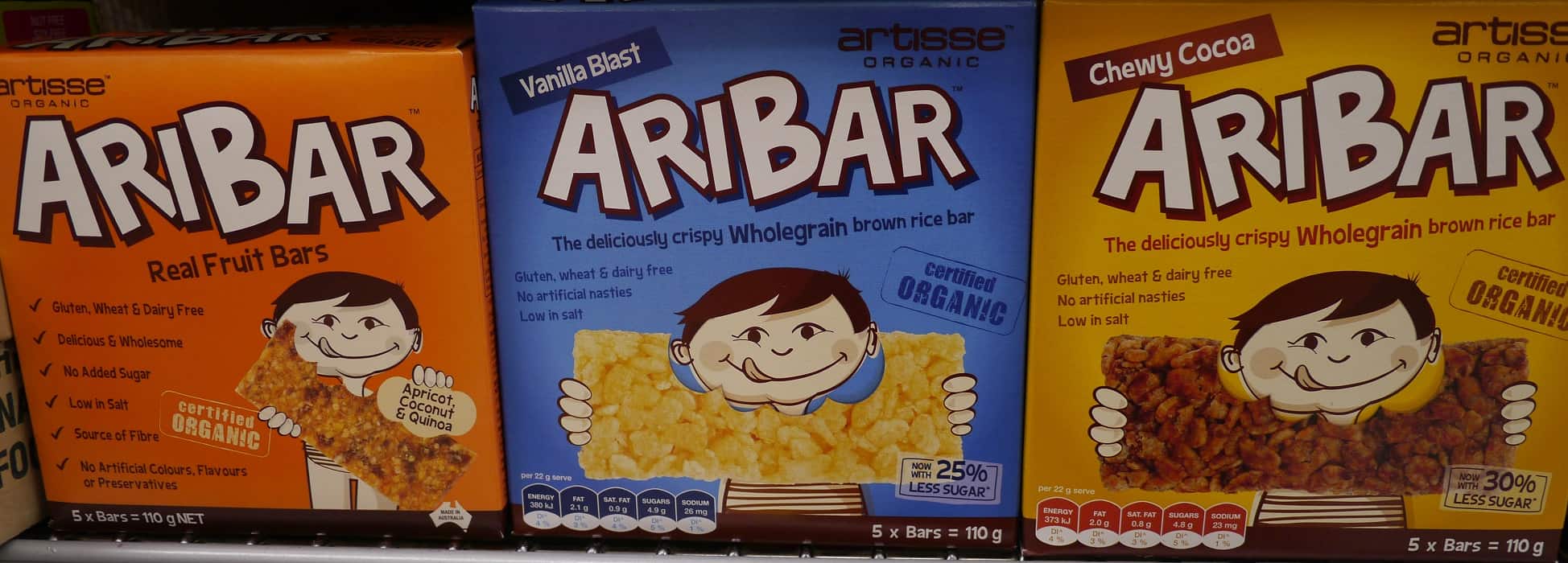
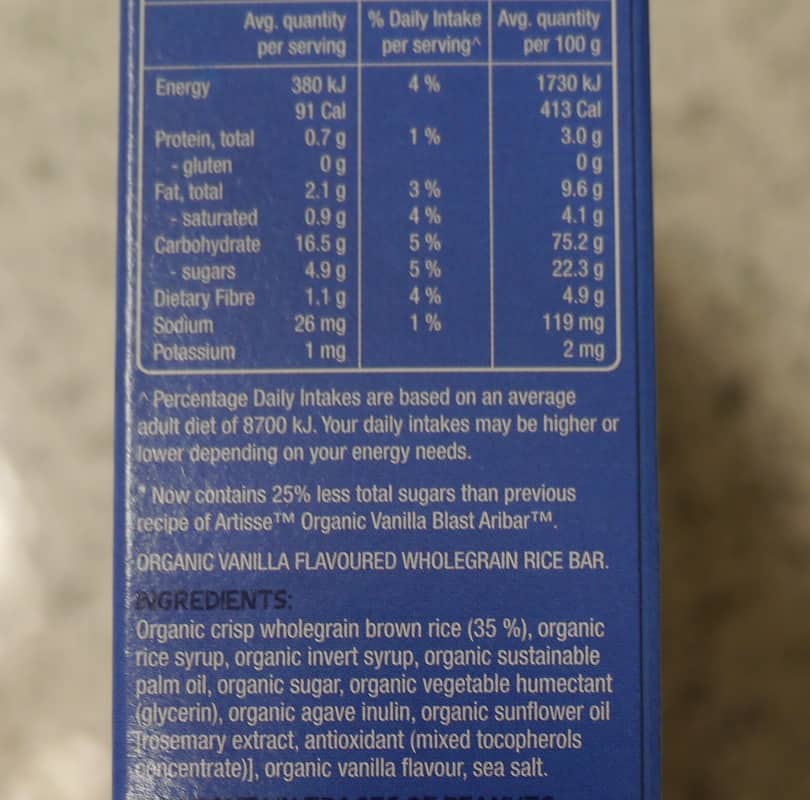 These organic vanilla bars contain brown rice, sugar, oil and salt. In fact, they contain 5 types of sugar and 2 types of oil. And that’s pretty much it. Doing the maths, these bars are 35% rice, so they are 65% oil and sugar. Yuck. They are a great example of how organic doesn’t necessarily equal healthy.
These organic vanilla bars contain brown rice, sugar, oil and salt. In fact, they contain 5 types of sugar and 2 types of oil. And that’s pretty much it. Doing the maths, these bars are 35% rice, so they are 65% oil and sugar. Yuck. They are a great example of how organic doesn’t necessarily equal healthy.
The Drinks Chiller
Adequate breakfast solutions? Hmm…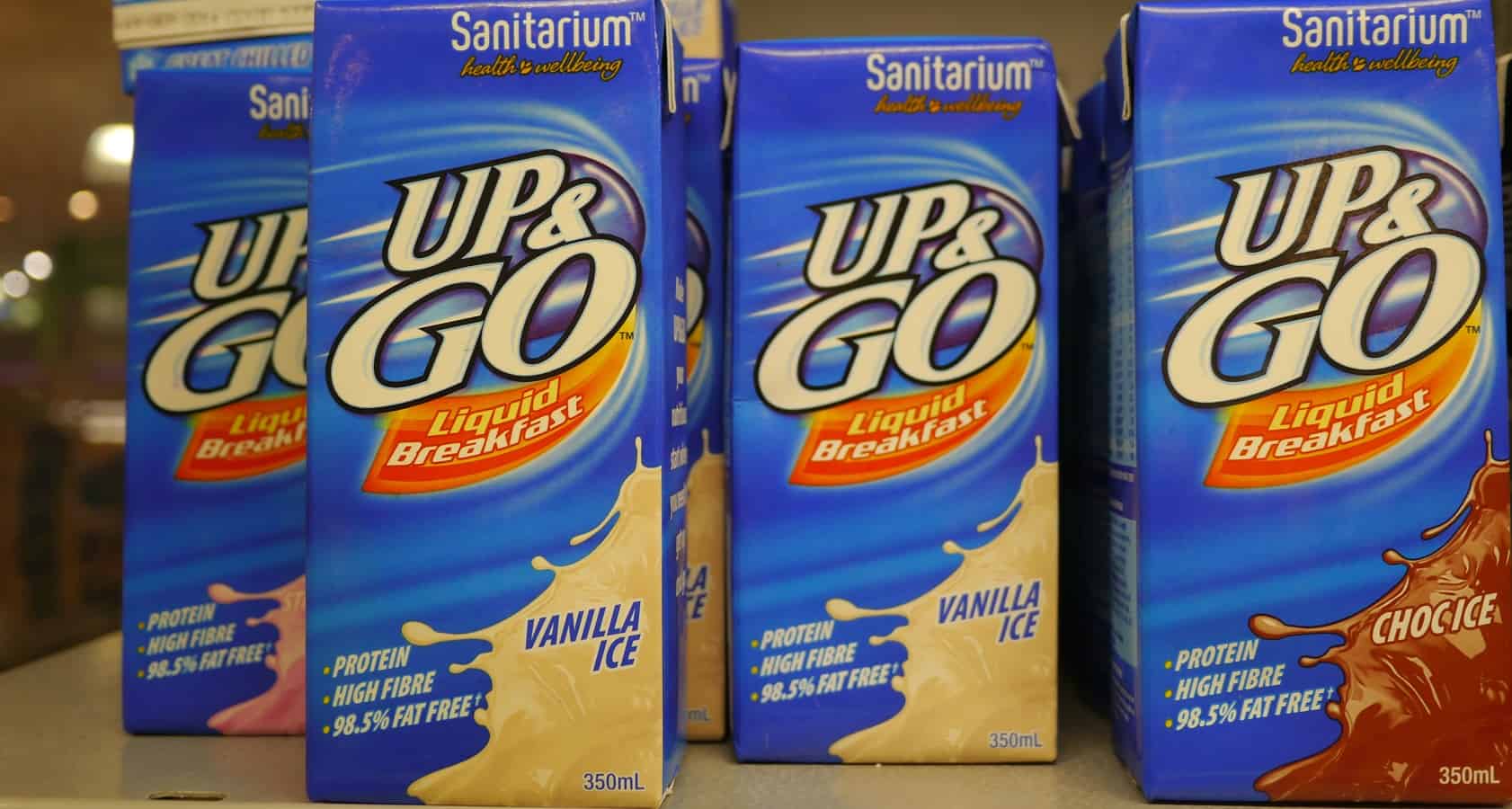
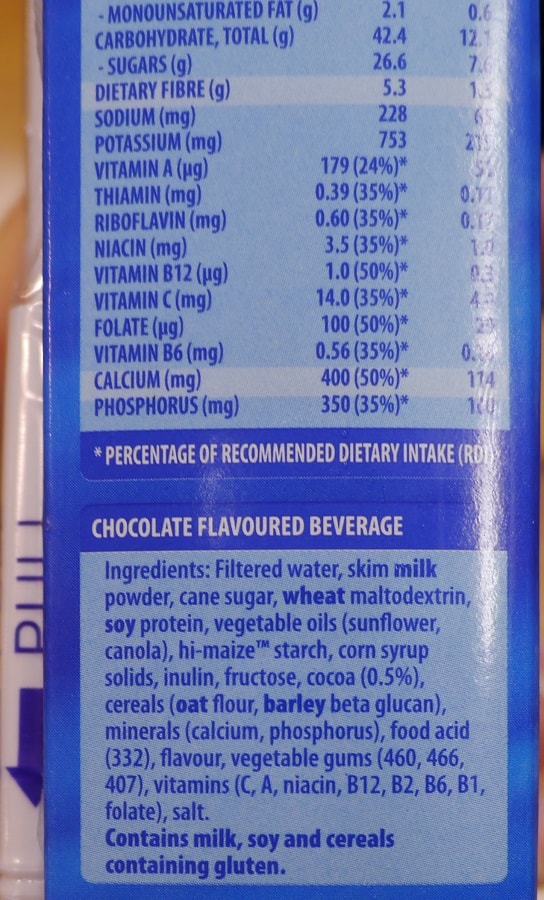 This “chocolate-flavoured beverage” has 0.5% cocoa. That’s less than 2 grams in a 350ml drink. The four main ingredients are water, sugar, powder and oil. Because the vitamins listed do not state their whole food origin, it is extremely likely that they are synthetic. Synthetic vitamins are not absorbed by our bodies as easily as natural vitamins, and don’t behave in the same way. Synthetic B6 is actually made from petroleum.
This “chocolate-flavoured beverage” has 0.5% cocoa. That’s less than 2 grams in a 350ml drink. The four main ingredients are water, sugar, powder and oil. Because the vitamins listed do not state their whole food origin, it is extremely likely that they are synthetic. Synthetic vitamins are not absorbed by our bodies as easily as natural vitamins, and don’t behave in the same way. Synthetic B6 is actually made from petroleum. 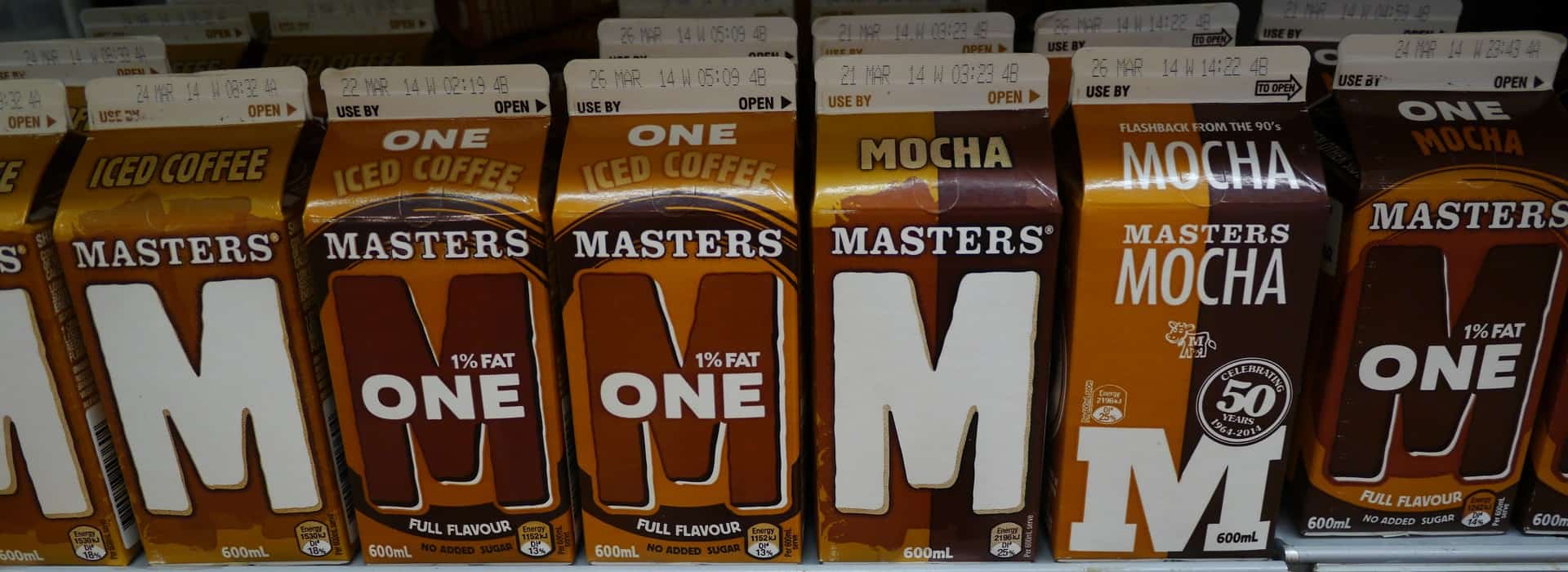
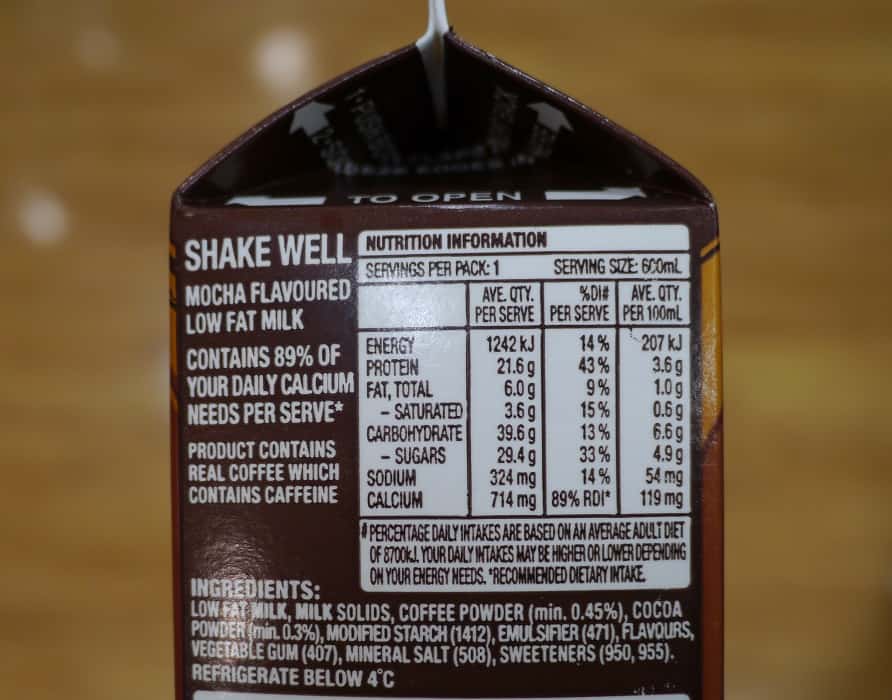 I find these ingredients crazy. If you want to drink mocha flavoured milk for breakfast, why wouldn’t you add some coffee and a spoonful of cacoa powder to your own milk in the morning, and add some sugar if you like it sweet? Why go to the shops and pay extra for milk solids, modified starch, emulsifier, flavours, salt and artificial sweeteners?
I find these ingredients crazy. If you want to drink mocha flavoured milk for breakfast, why wouldn’t you add some coffee and a spoonful of cacoa powder to your own milk in the morning, and add some sugar if you like it sweet? Why go to the shops and pay extra for milk solids, modified starch, emulsifier, flavours, salt and artificial sweeteners?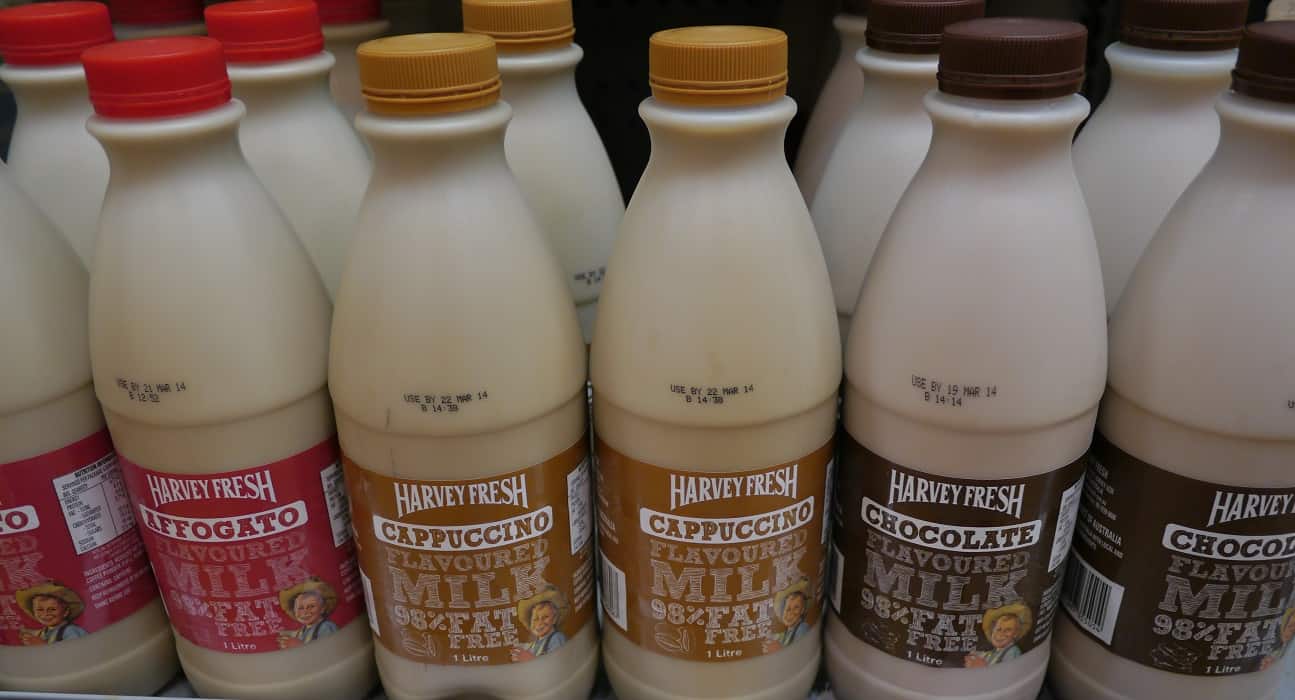
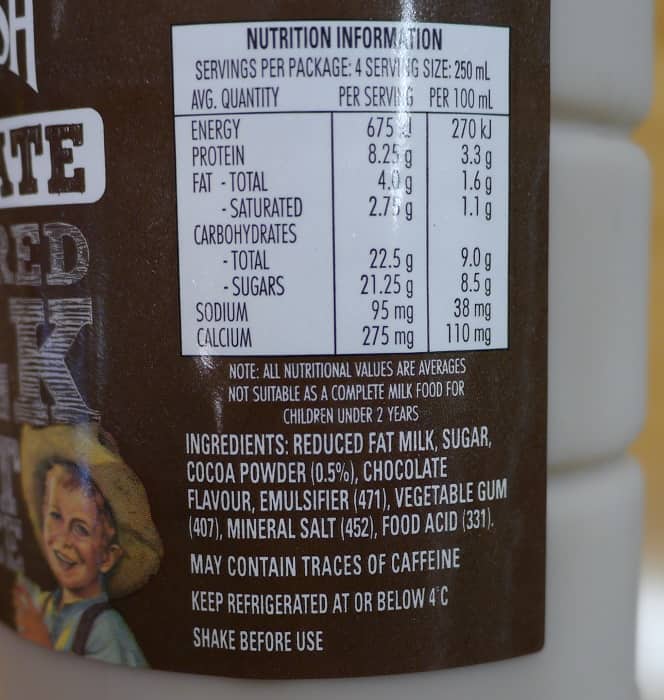 Interestingly, this pack claims a serving size is 250ml, whereas the serving size for the chocolate milk in the previous pictures was 600ml. By making the serving sizes smaller than are probably realistic, the calories, sugar and fat content seem much smaller. One serving of this contains 21.25g of sugar. But if the serving size was comparable with the other product and was 600ml, there would be 51g of sugar per serving!
Interestingly, this pack claims a serving size is 250ml, whereas the serving size for the chocolate milk in the previous pictures was 600ml. By making the serving sizes smaller than are probably realistic, the calories, sugar and fat content seem much smaller. One serving of this contains 21.25g of sugar. But if the serving size was comparable with the other product and was 600ml, there would be 51g of sugar per serving!
So what are the solutions?
Don’t despair! If you’ve been reading this and feeling guilty, despondent, or overwhelmed, there’s really no need; there are plenty of alternative options and choices out there. Here are just a few that I’ve found helpful.
- Make your own at home. I don’t mean making everything from scratch, all the time, if that’s not your thing. Figure out what works for you, in terms of what you like to eat, your time and your skill level. There’s always options. If you can’t bake, and haven’t got the patience to learn, what about simple raw desserts like this one?
- Get yourself a blender. It doesn’t need to be expensive or even new (you can pick one up from somewhere like Gumtree with minimal outlay) and you can make smoothies, milkshakes and even desserts (like this chocolate mousse) in minutes. I use mine almost every day and I wouldn’t be without it.
- Think outside the supermarket. If you like the convenience of ready-made, look around your local area for a bakery, a deli and a butcher/fishmonger that make things from scratch and sell them fresh. My local bakery bakes their bread every morning on site. The local butcher makes ready-to-go meals daily, and the fishmonger sells chowder, sushi and marinara mix in addition to the usual fish.
- Farmers’ markets are the perfect place to find local producers, and a great place to pick up all kinds of delicious treats. Usually you’ll get the chance to talk to the people who actually make the products so you can find out what goes into them, hear about new things they are planning to try out, and even make your own suggestions.
- If you’re time-poor, vegetable box schemes are a great option and often deliver far more than fruit and vegetables to your door. Riverford in the UK deliver organic pies, tarts, soups and vegetable burgers as well as dairy products and pantry staples, in addition to their core business of fruit and vegetables.
- If you really need convenience options and can’t ditch the supermarket, try the freezer aisle. Freezing food is a way of preserving it, because of this frozen foods don’t need fake ingredients and extra preservatives to prolong their shelf life. That’s not to say there isn’t some junk in this department too, but it can be a better alternative than the chilled aisles.
- Don’t beat yourself up when you do buy and eat something rubbish, and definitely don’t give up. Just because you ate one Dunkin’ Donut, it doesn’t mean that you’re a failure and doomed to eat Dunkin’ Donuts forevermore. Or that because you ate one, you may as well finish off another 11. Or because you ate one, that you’ll never be healthy/be able to quit the supermarket/be perfect etc etc. Accept that we all have moments of weakness, forgive yourself, dust yourself off, and try again.
Whilst I do think it’s important that we realise what’s in our food, that’s not to say that there’s not a place for convenience – we all have busy lives. But the better our food choices are, the better we feel – both inside and out. Choosing real food helps support farmers, growers and local businesses. Ultimately it gives us more options, better quality, and safer, healthier, more nutritious food, whilst encouraging farming and production systems that don’t deplete soils, damage the environment or harm wildlife. Who wouldn’t want that?
What do you think about convenience foods? Do you have anything you struggle with, or any great tips or things that have worked for you in avoiding junk? I’d love to hear your thoughts in the comments!
[leadpages_leadbox leadbox_id=1429a0746639c5] [/leadpages_leadbox]

